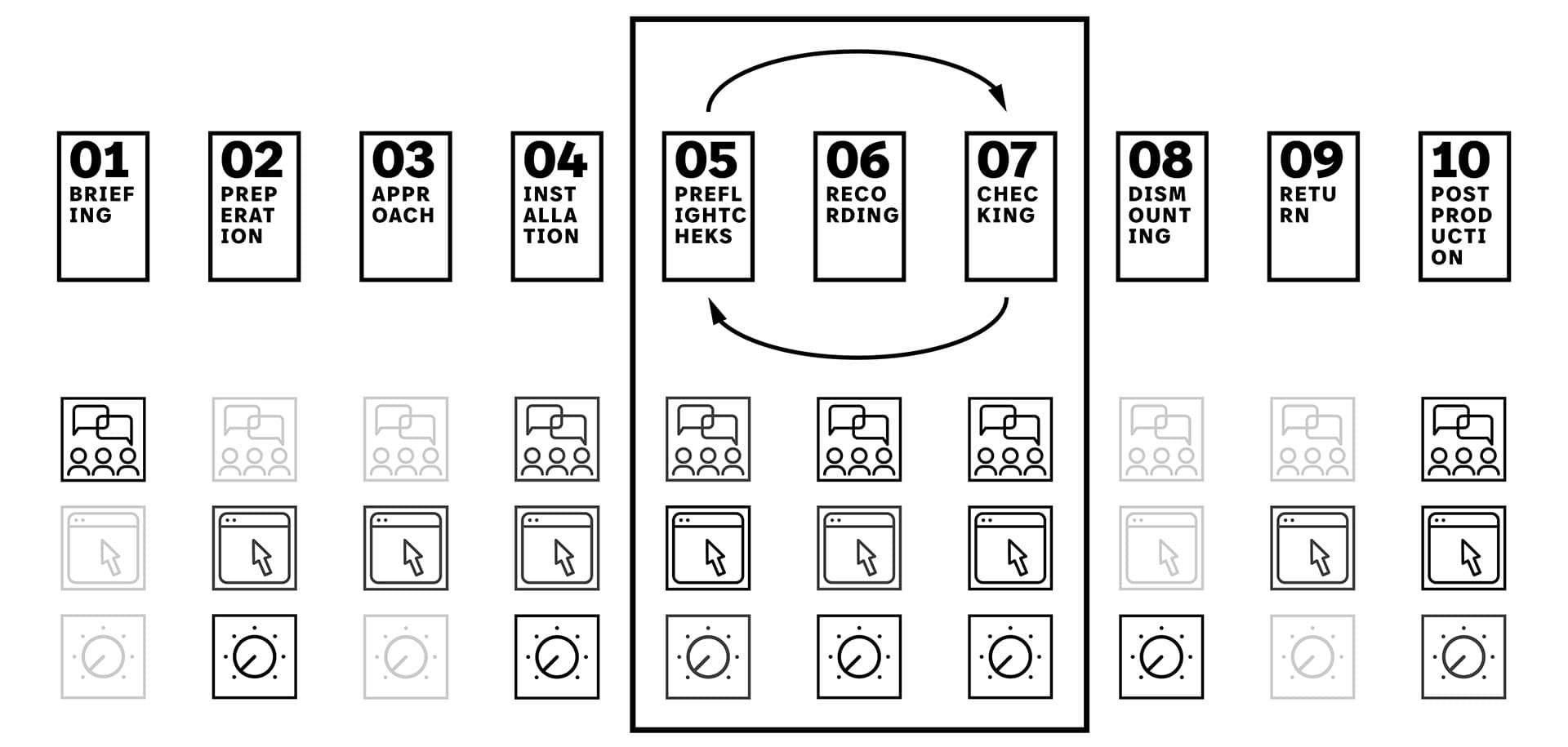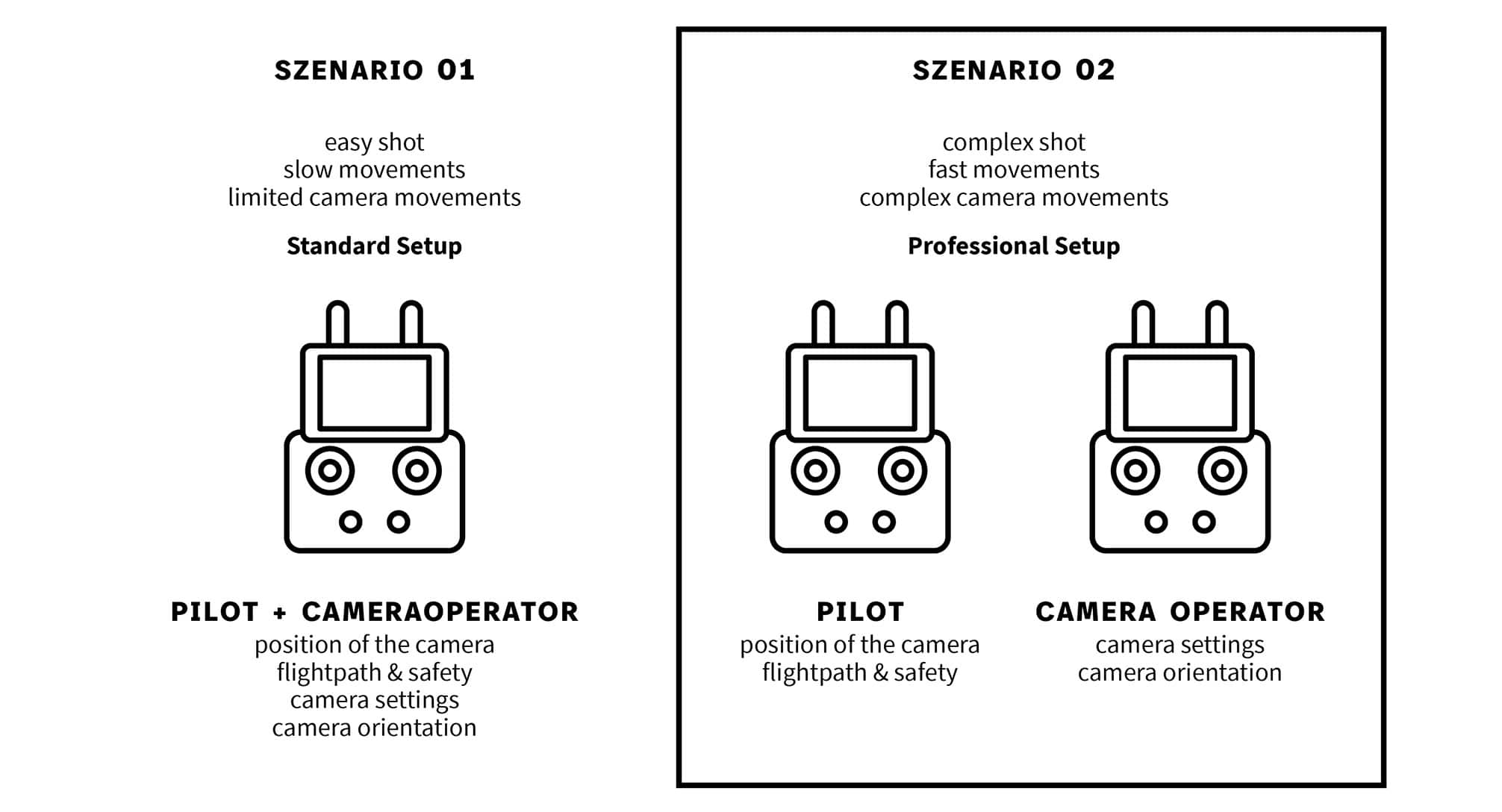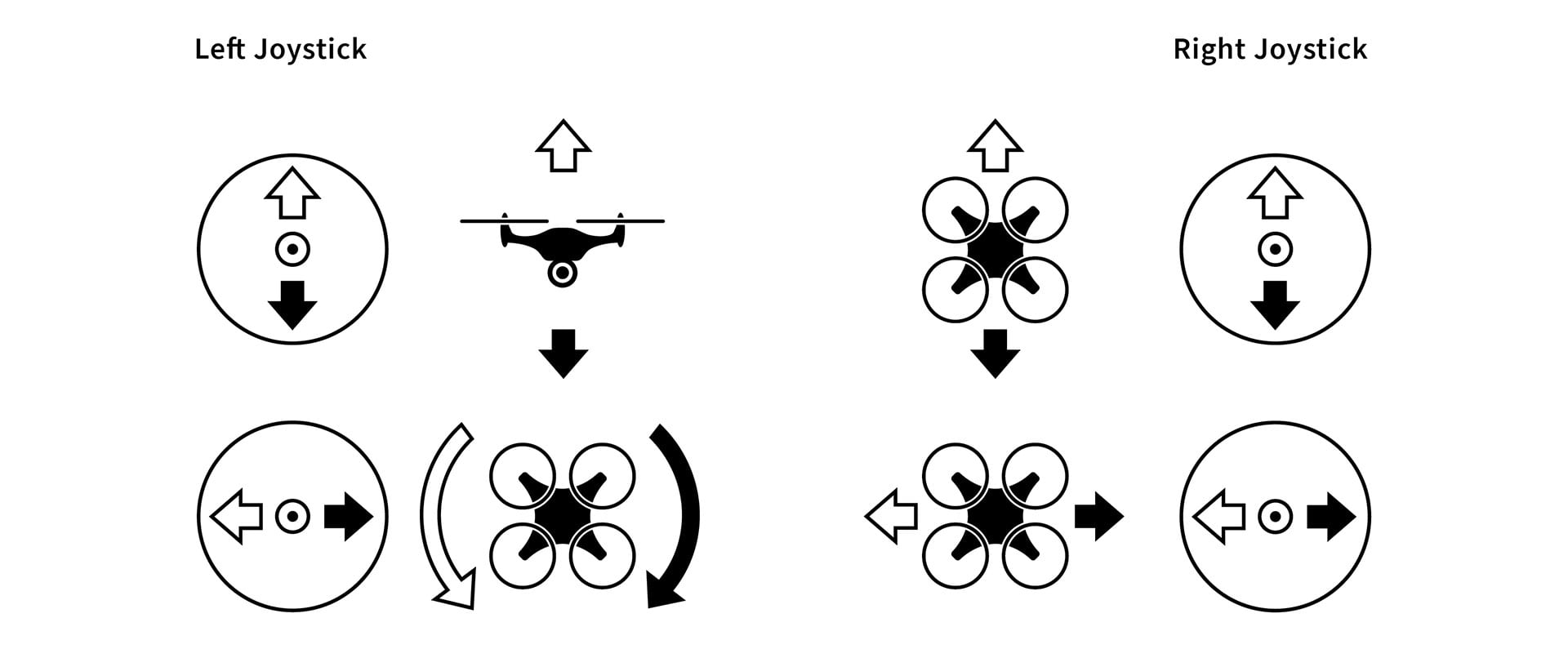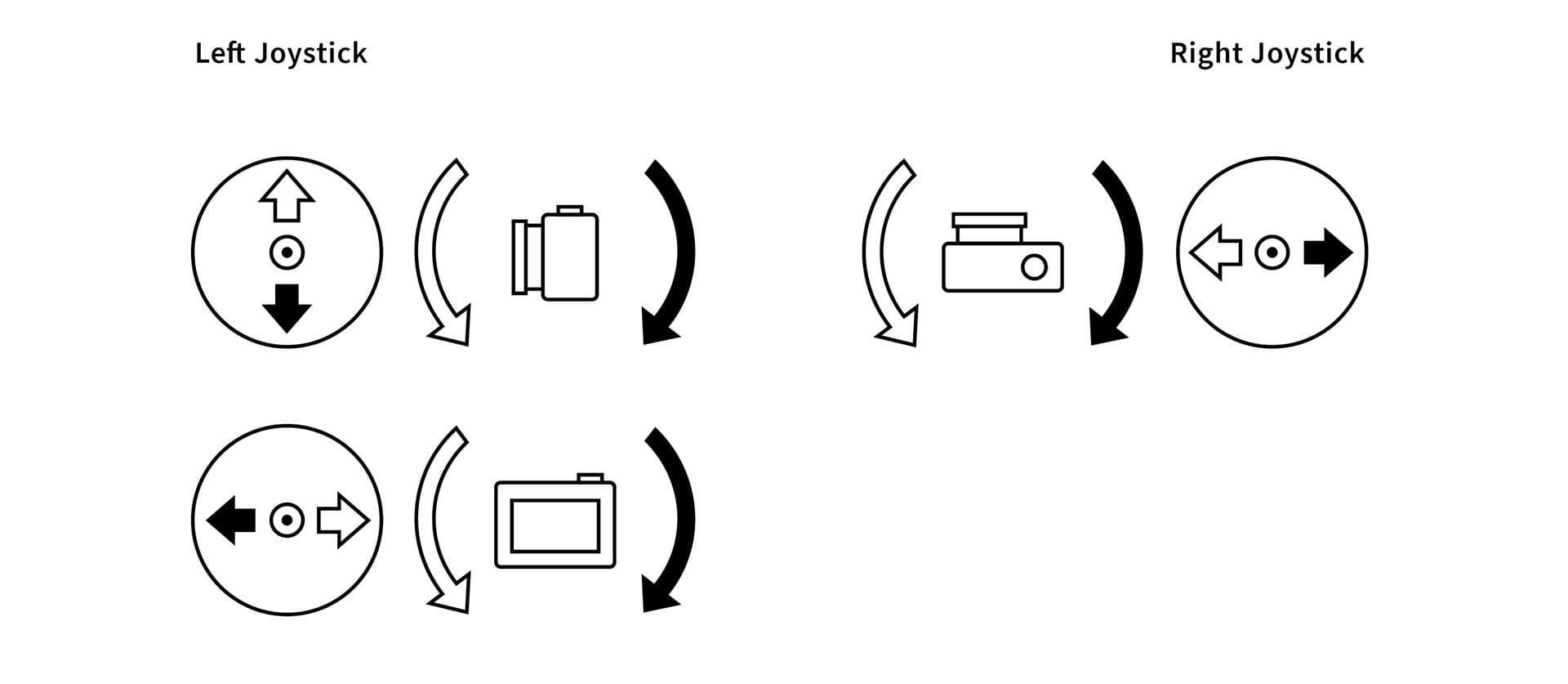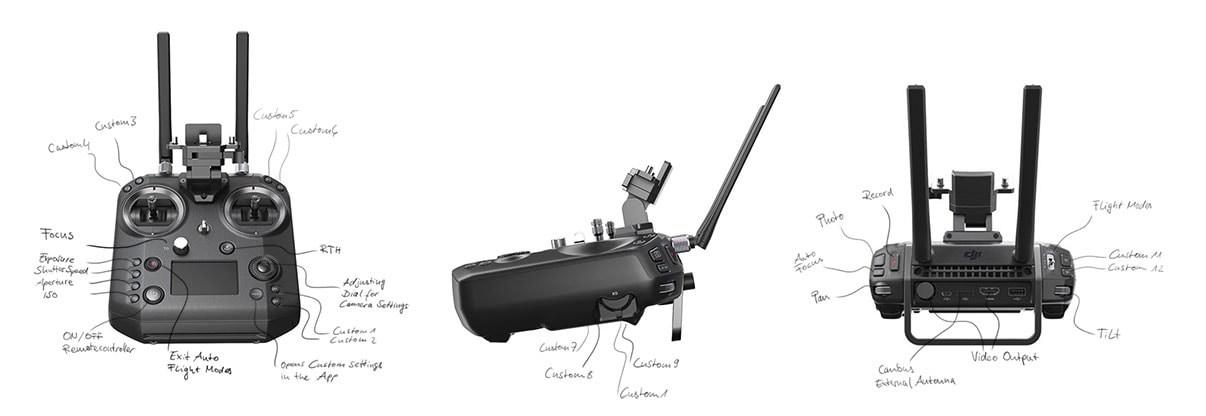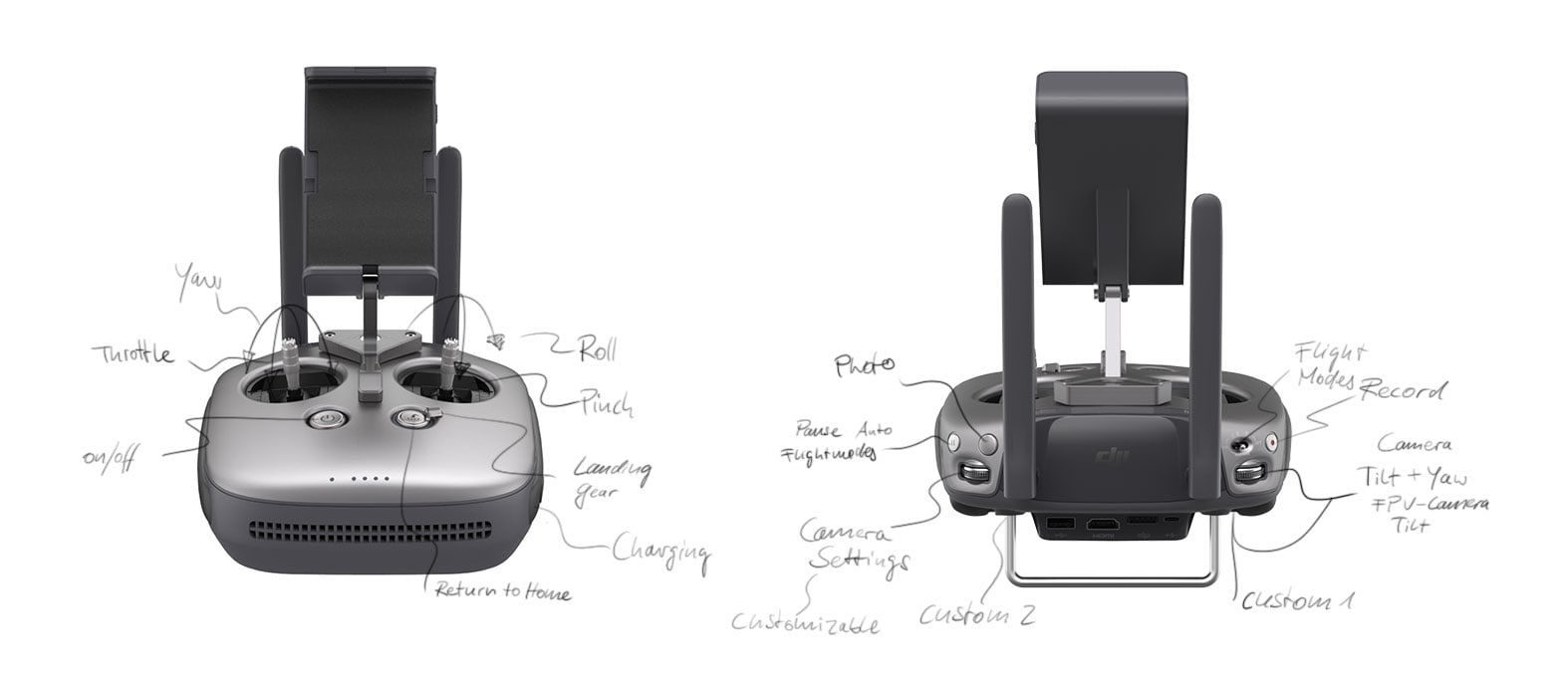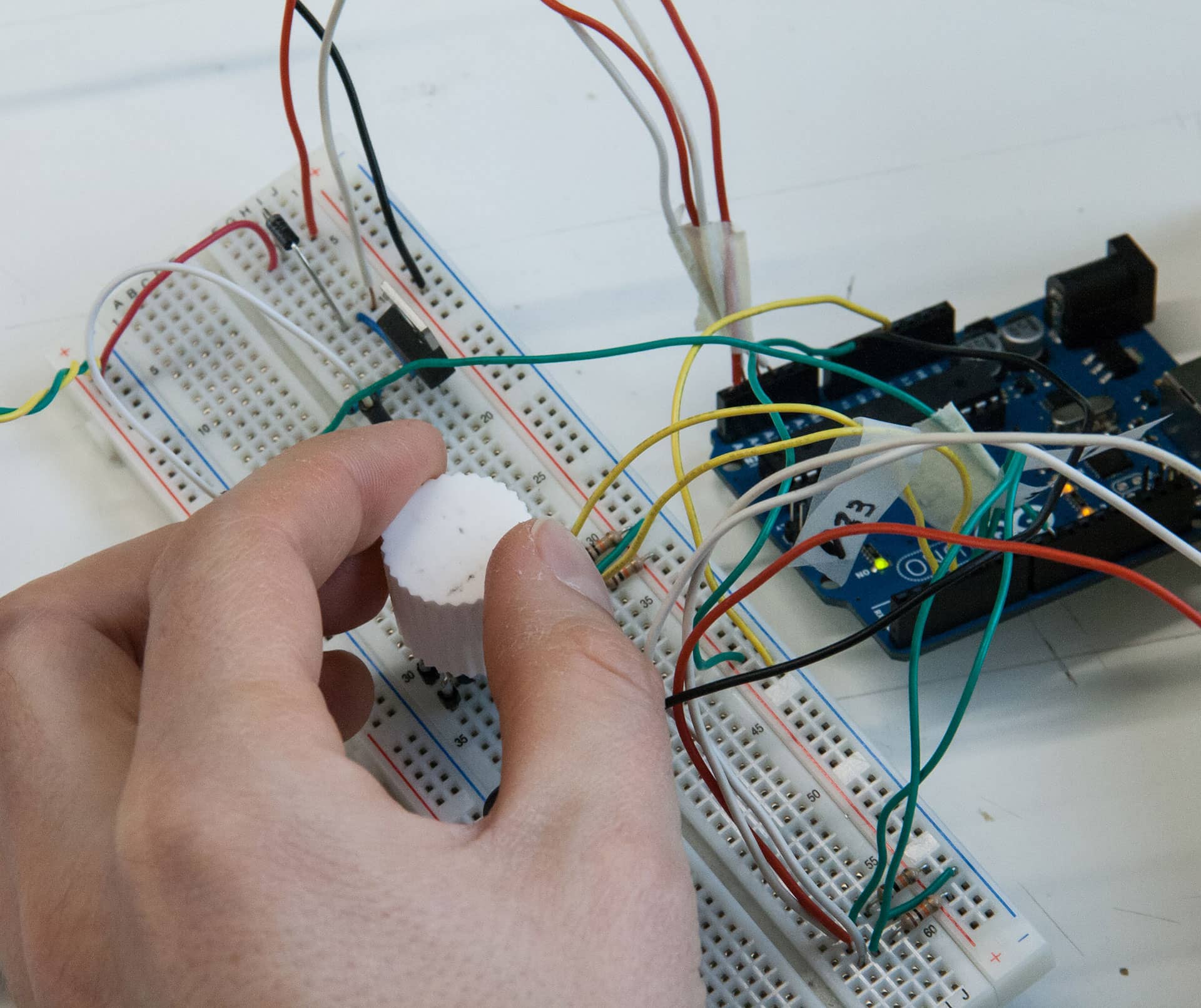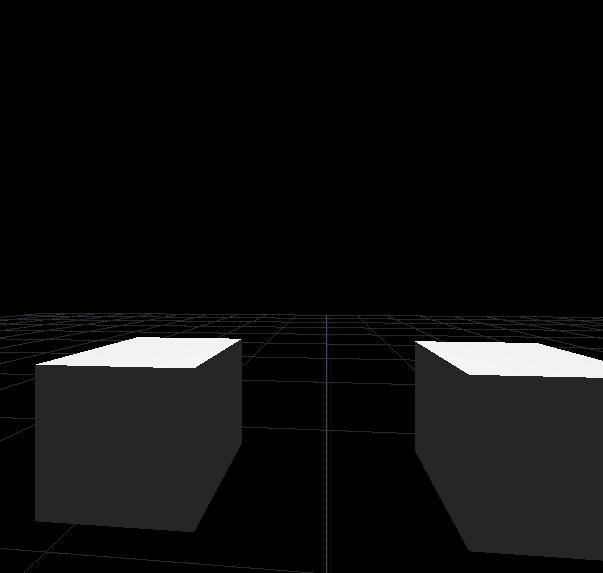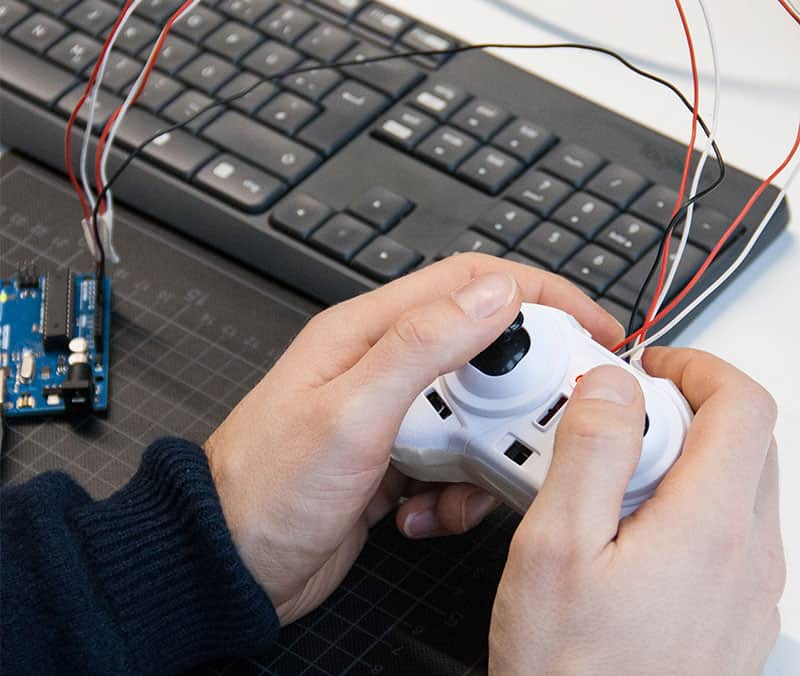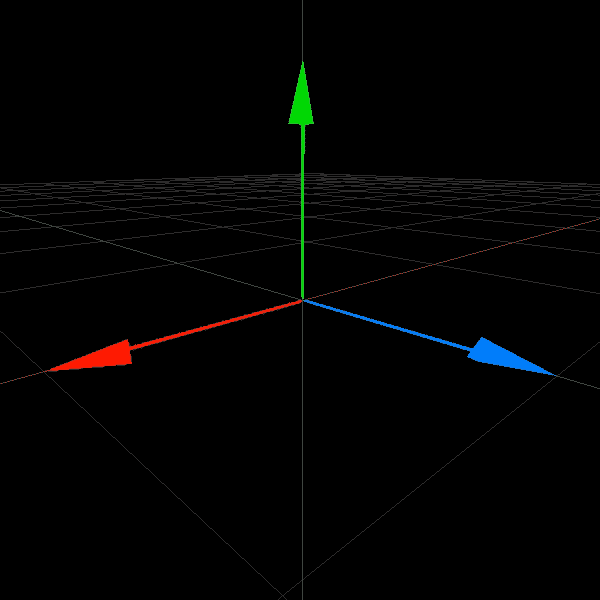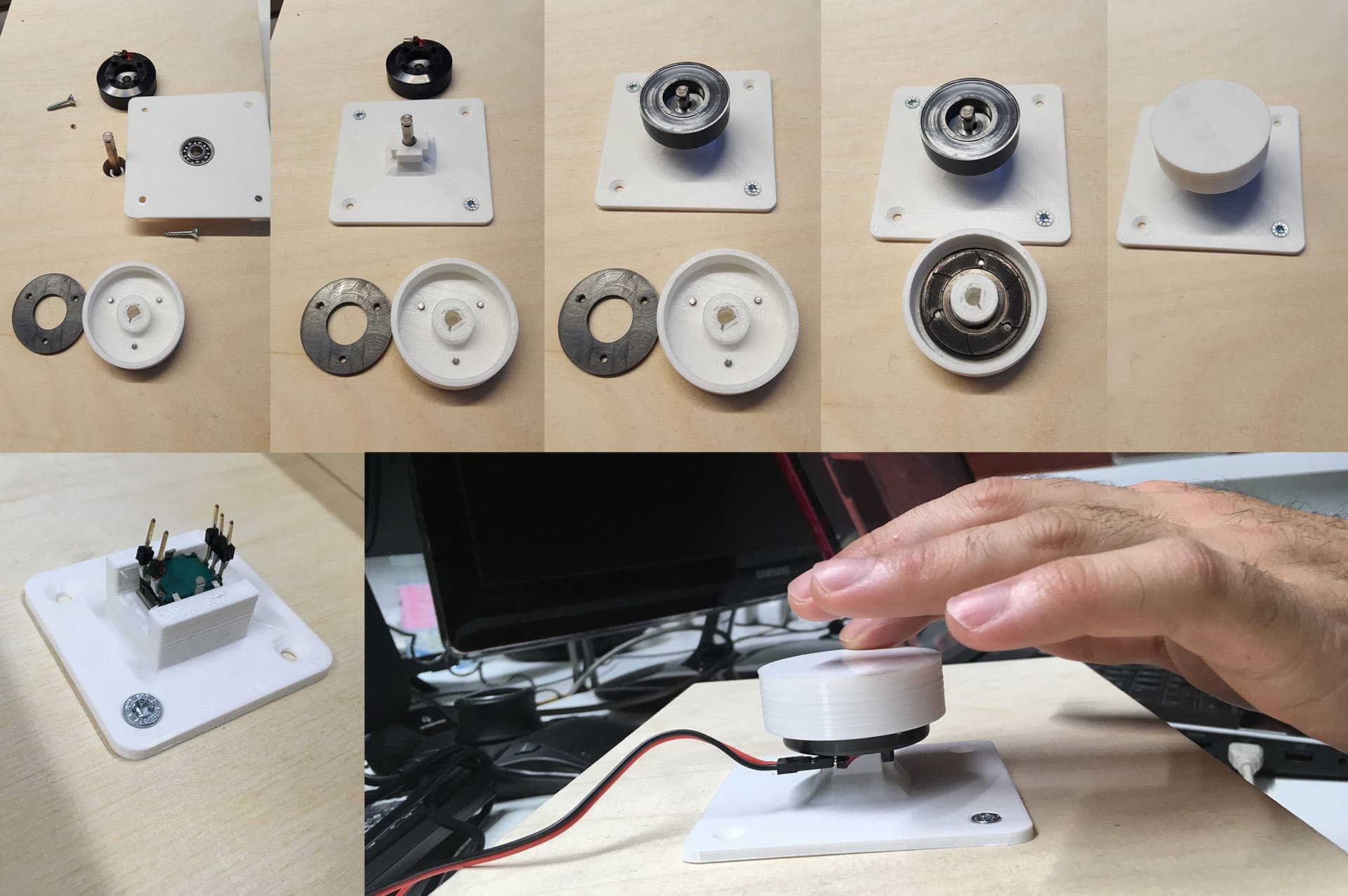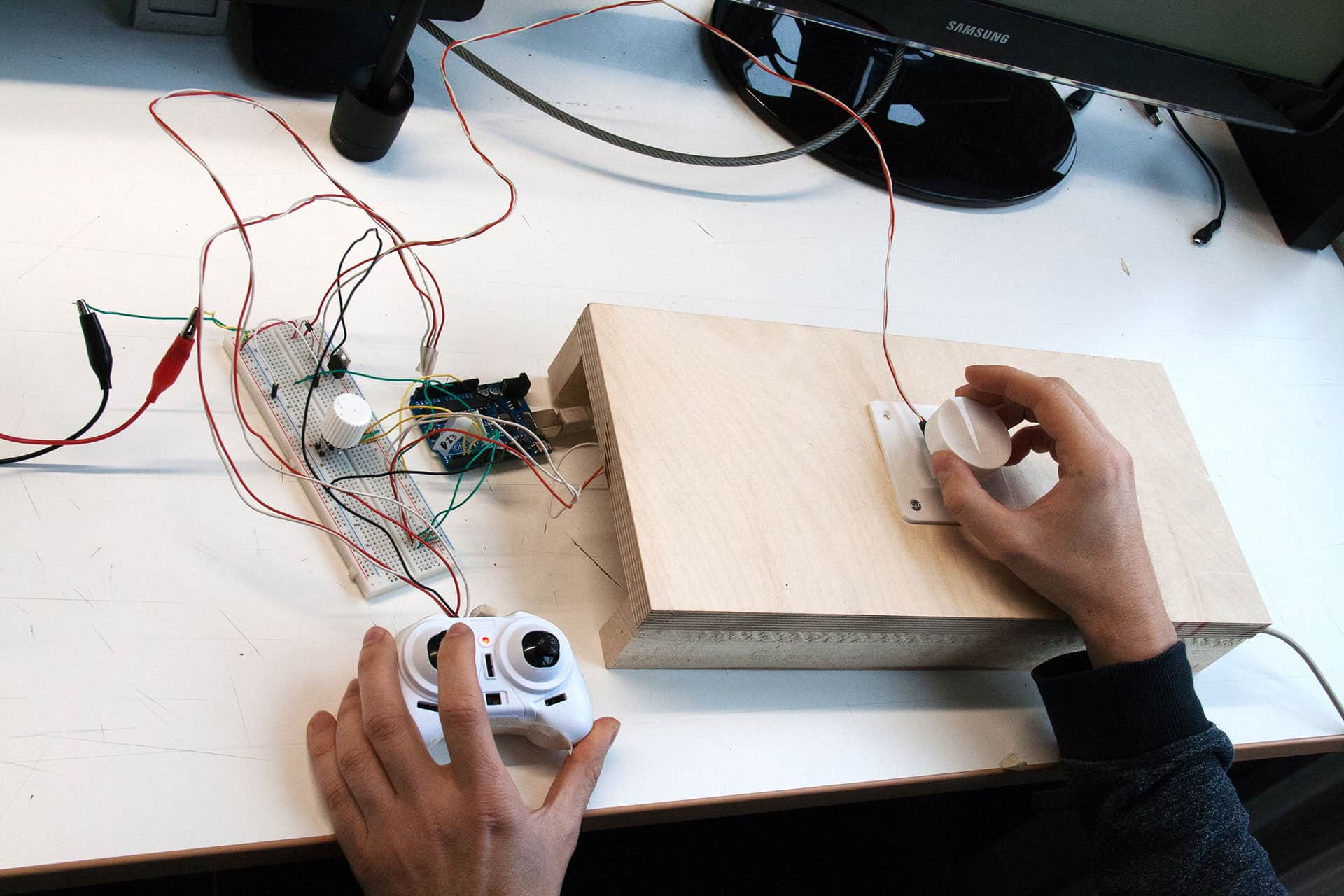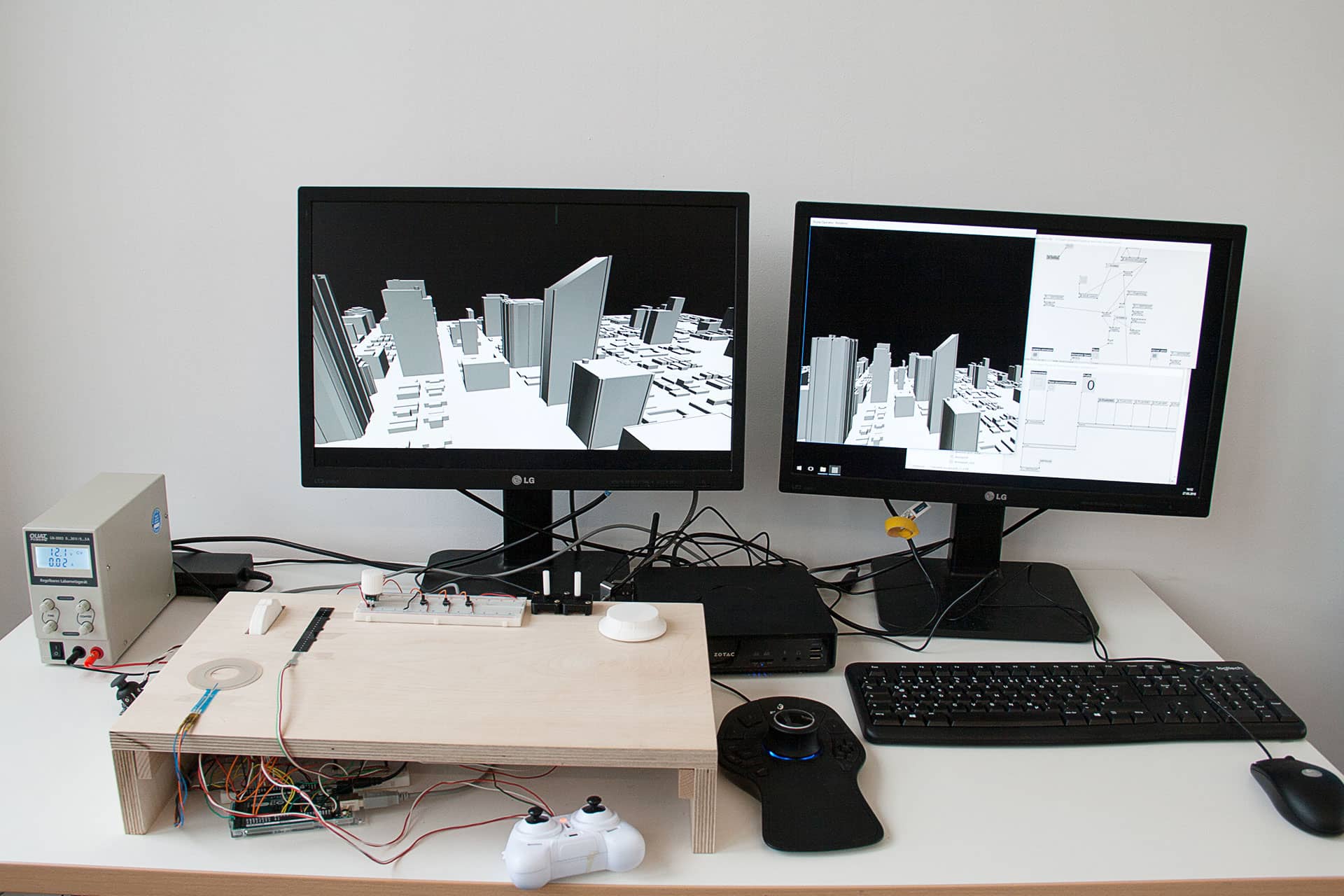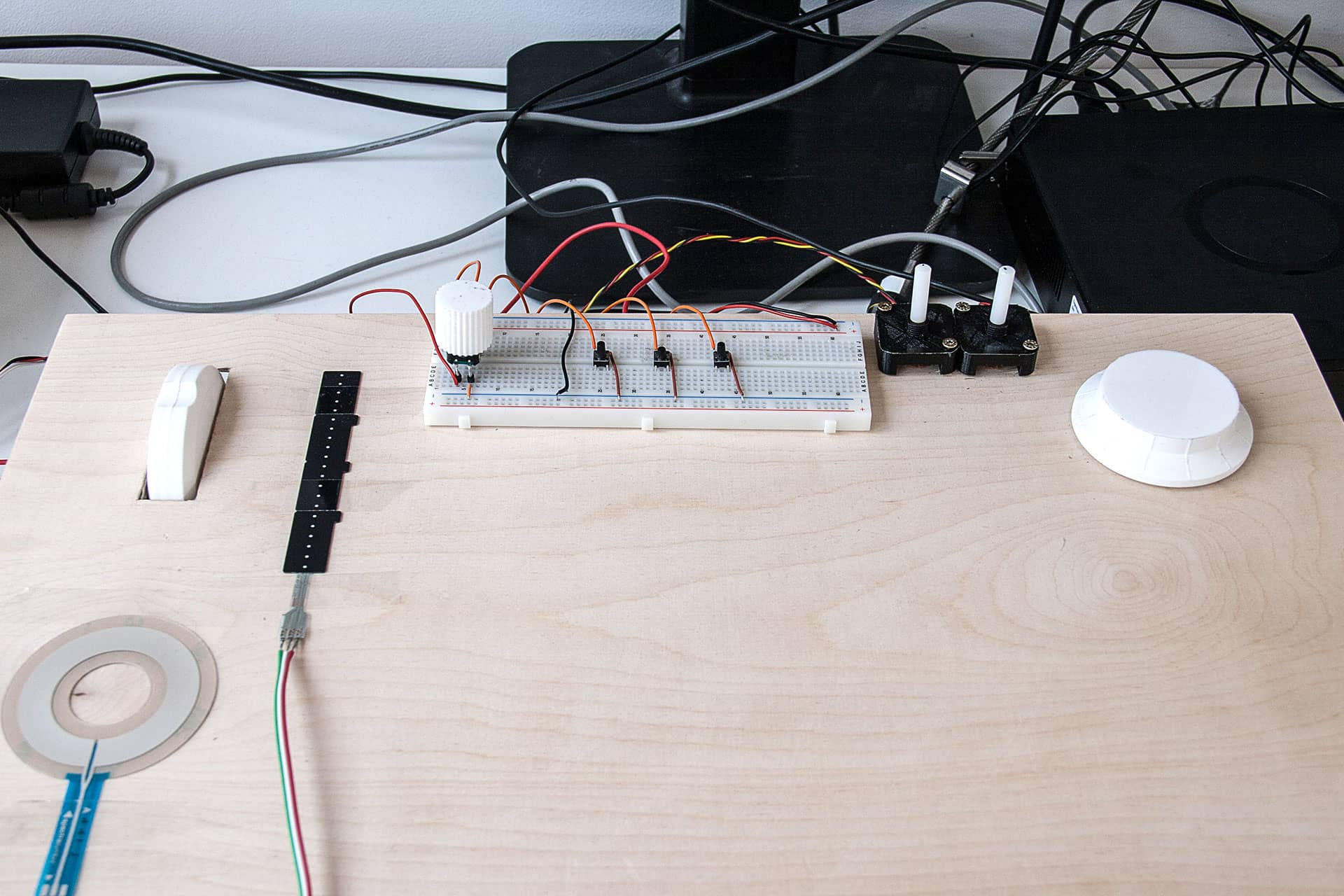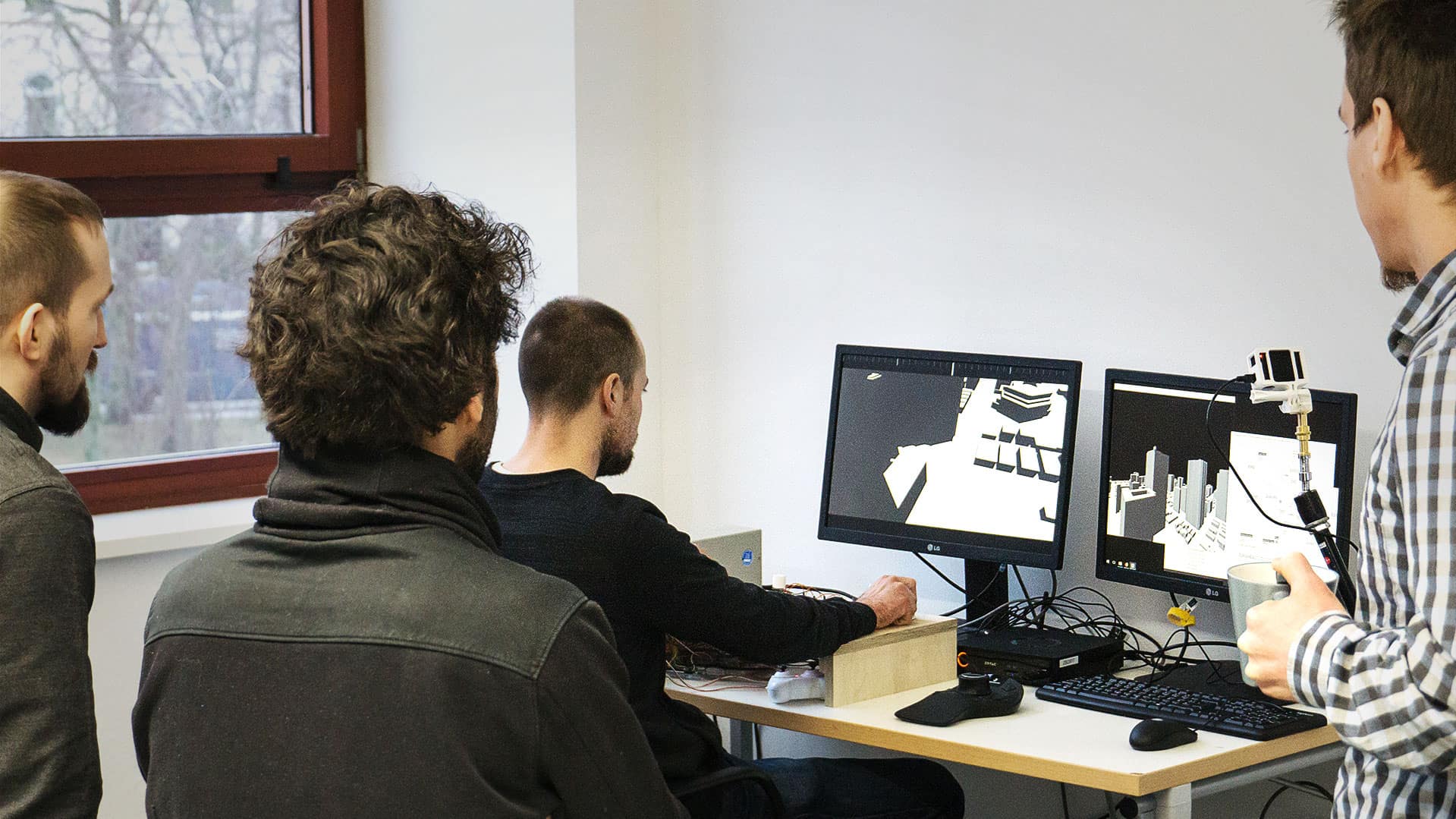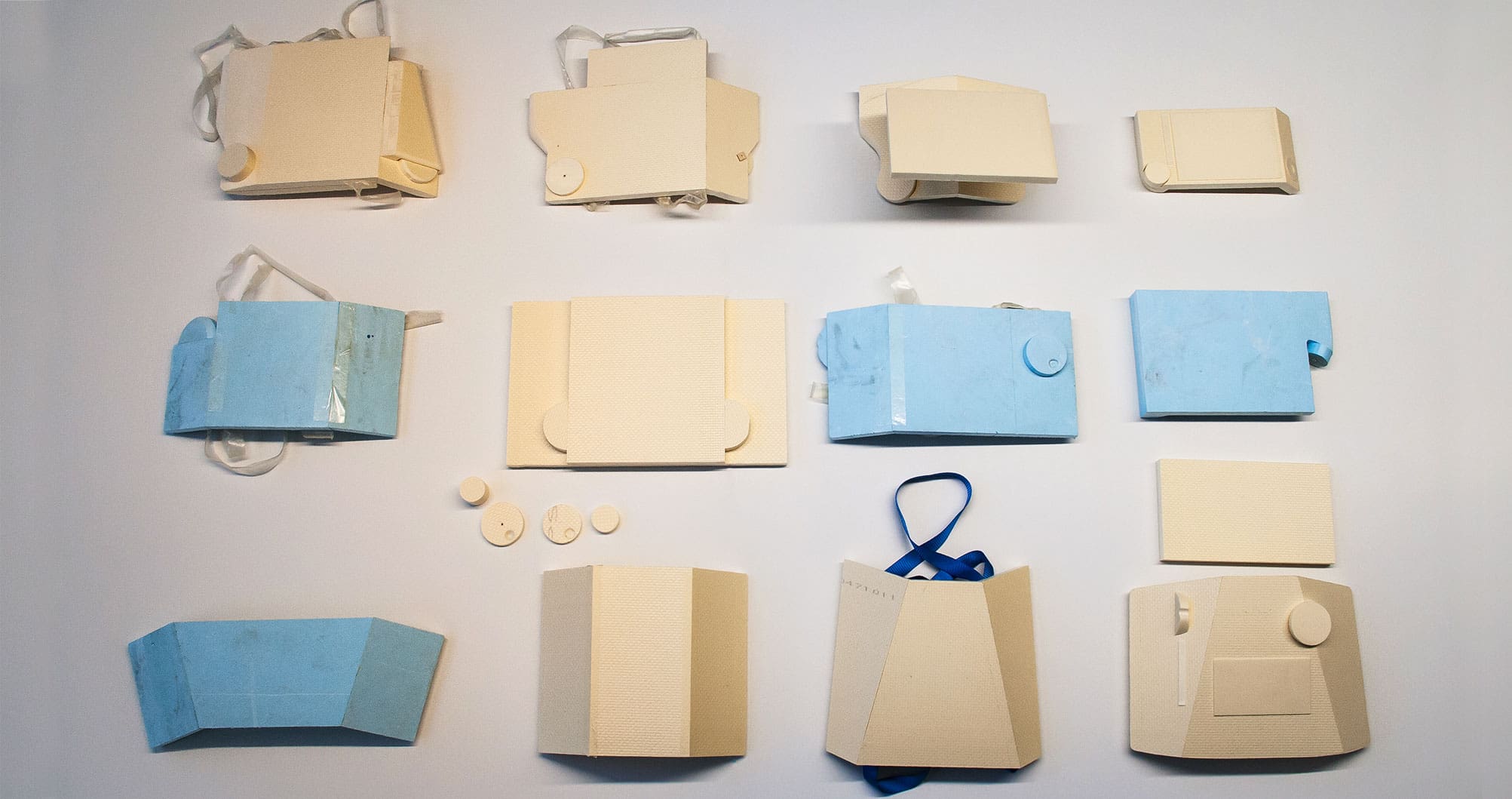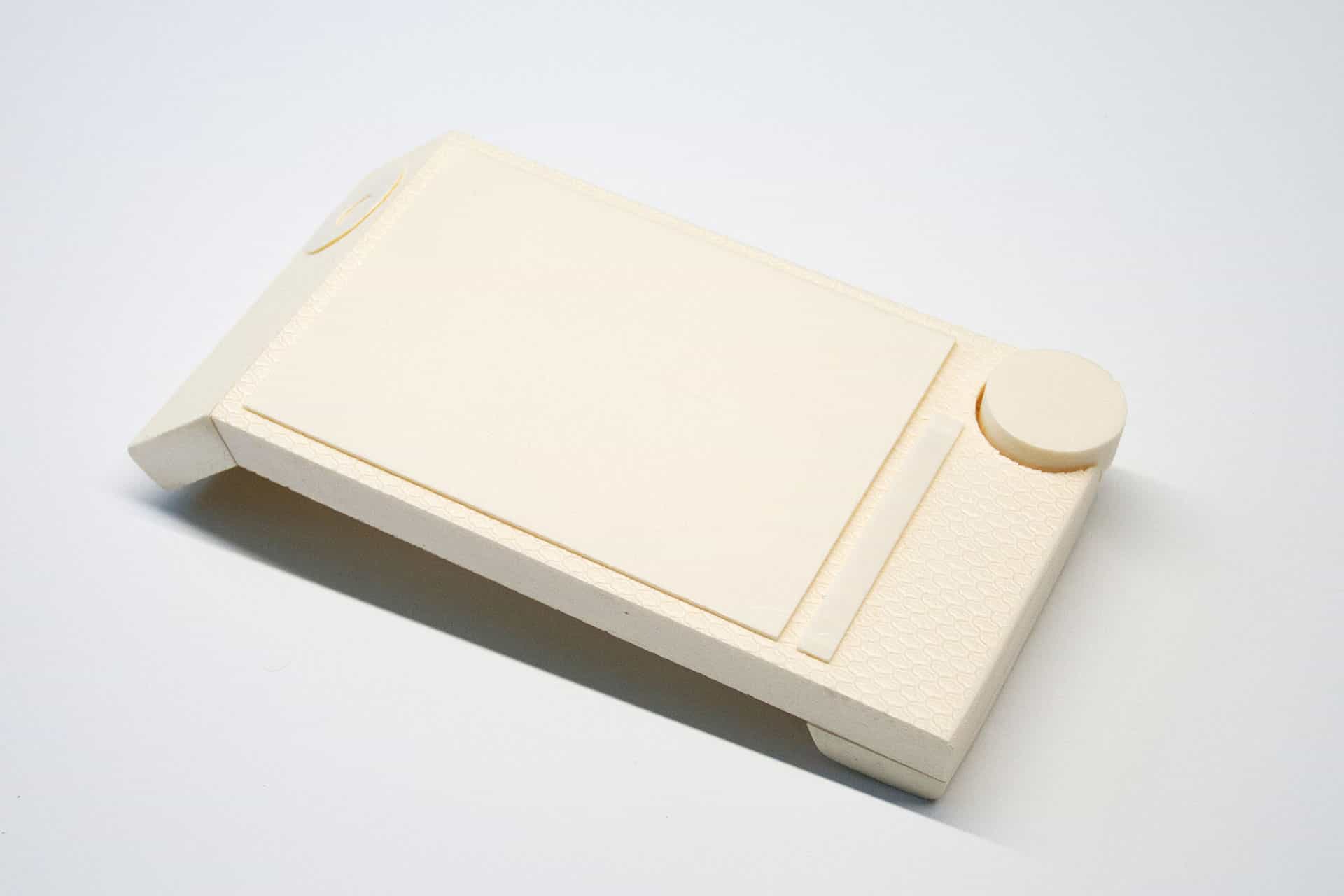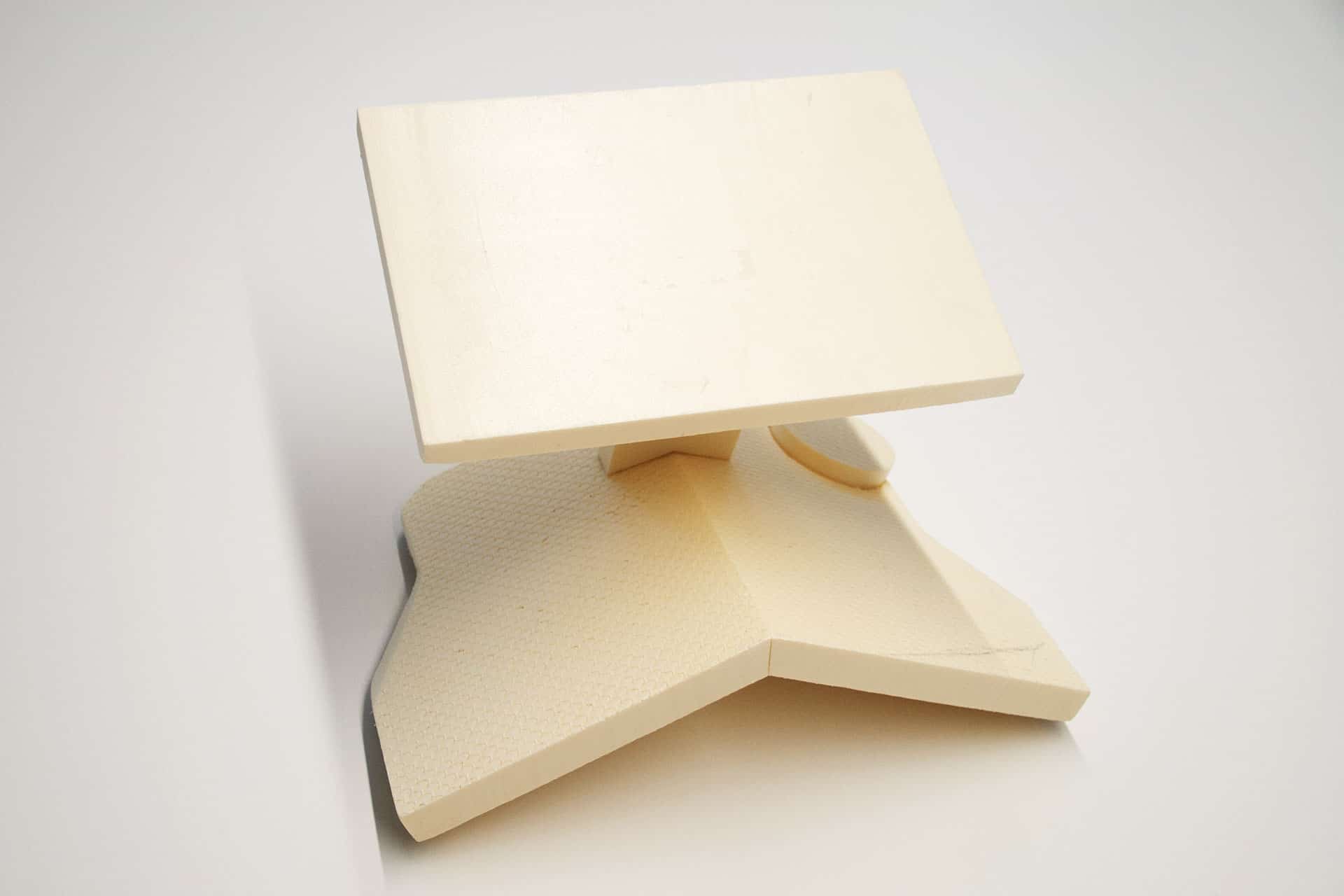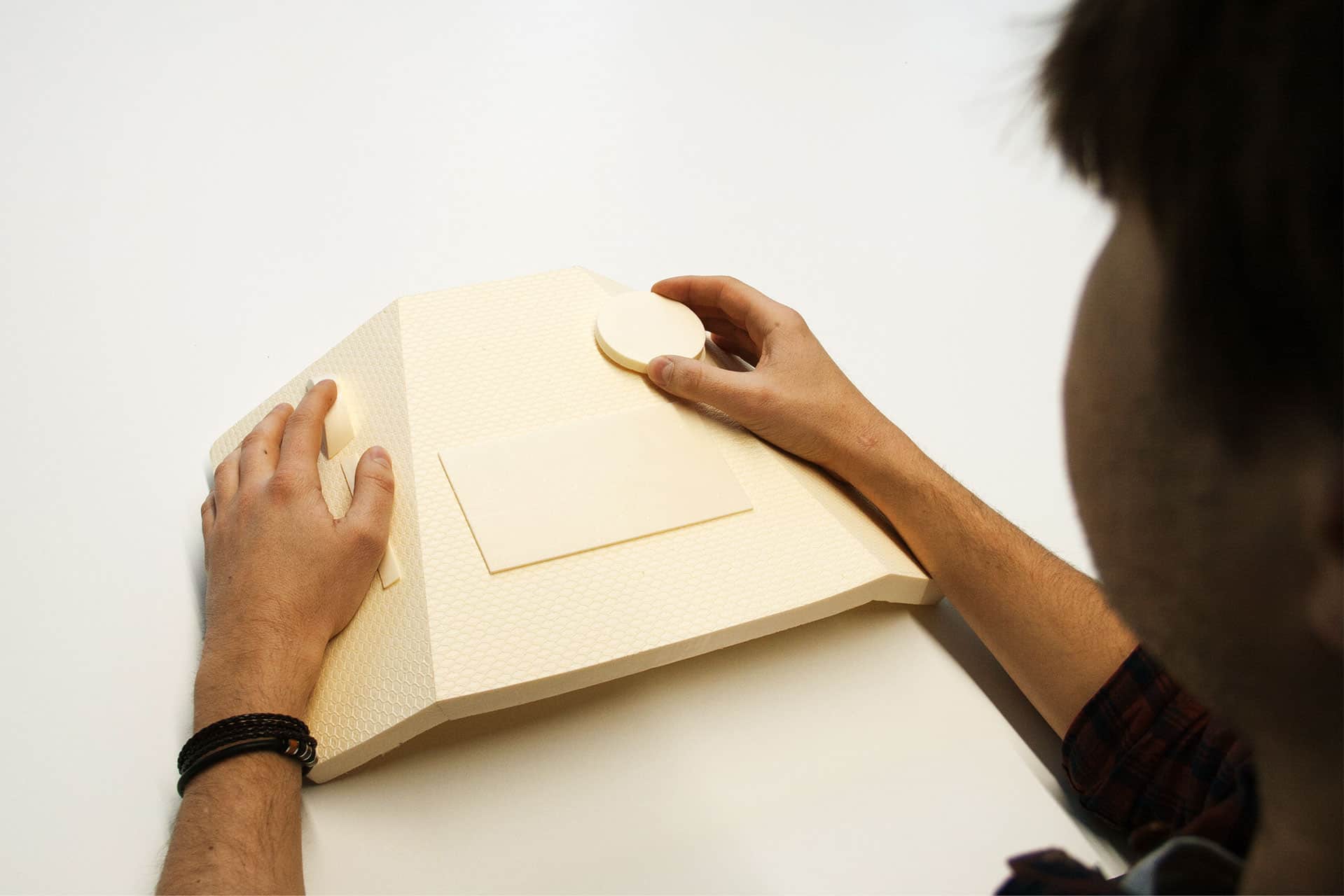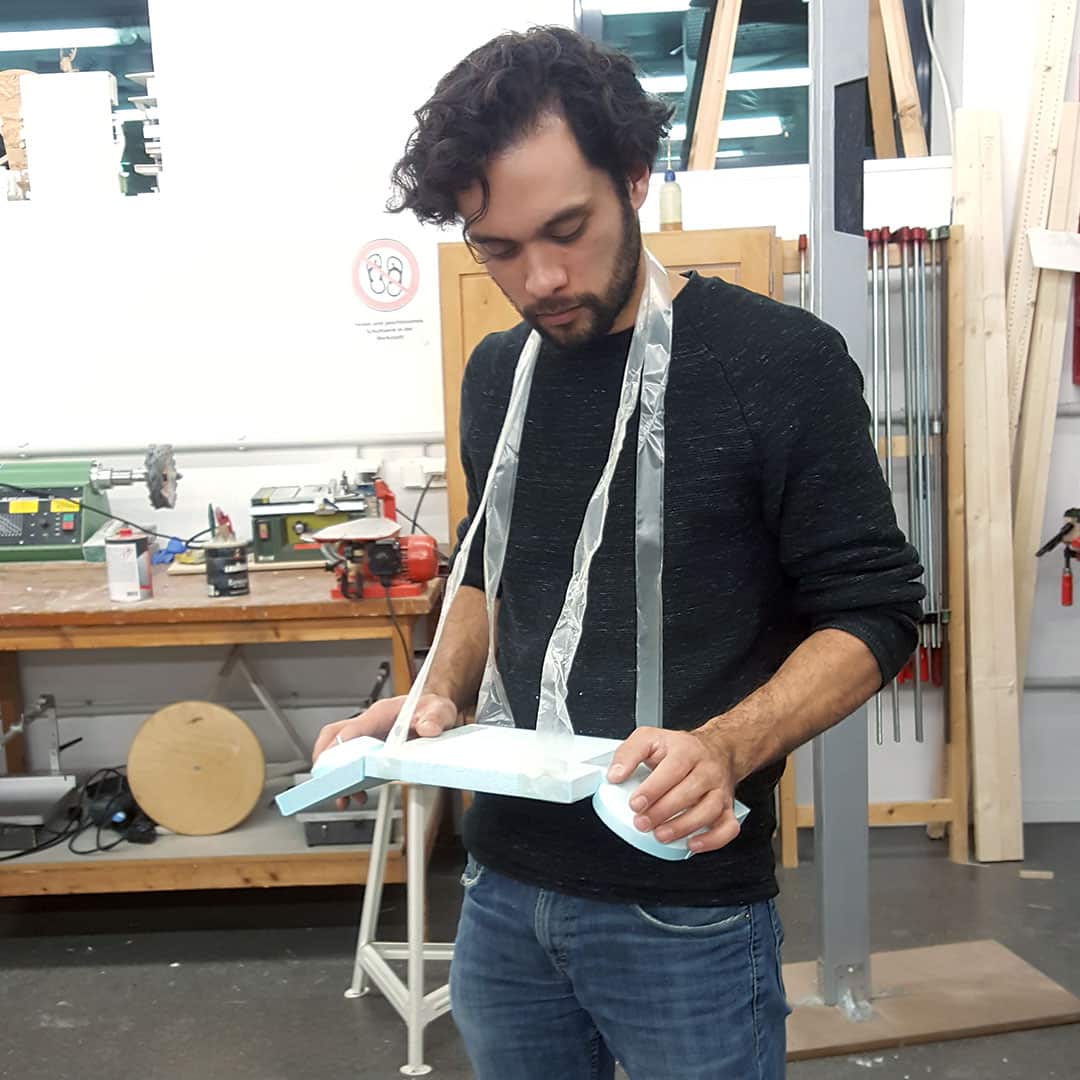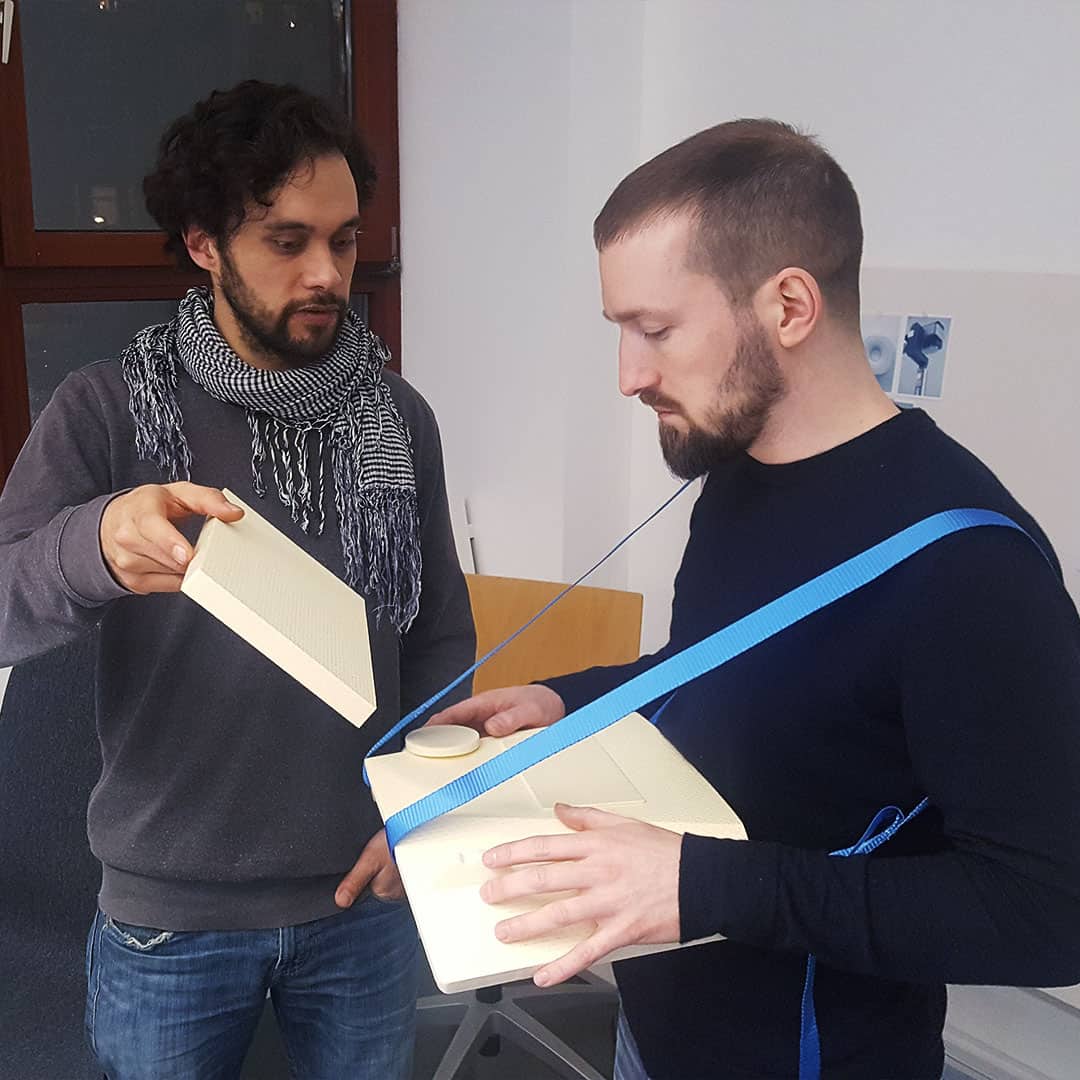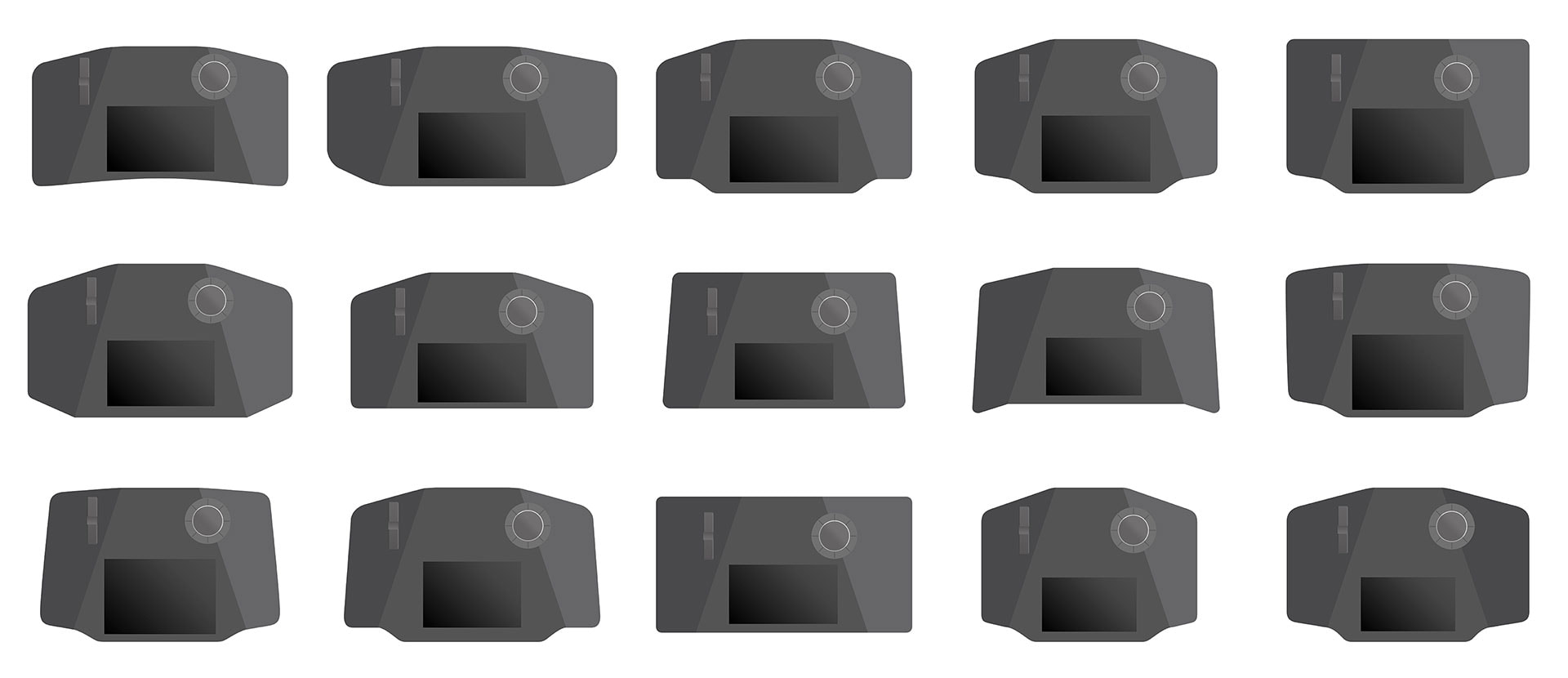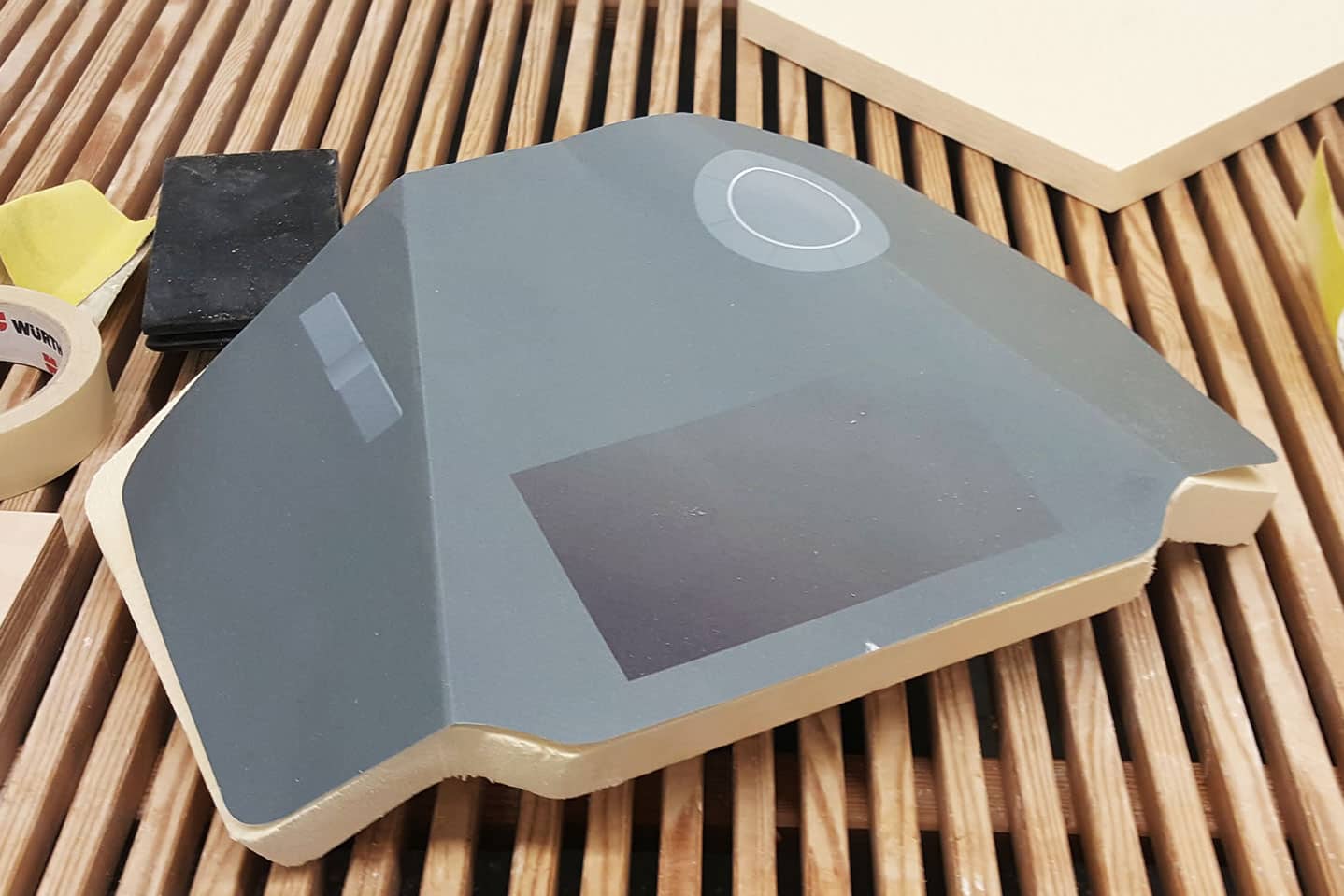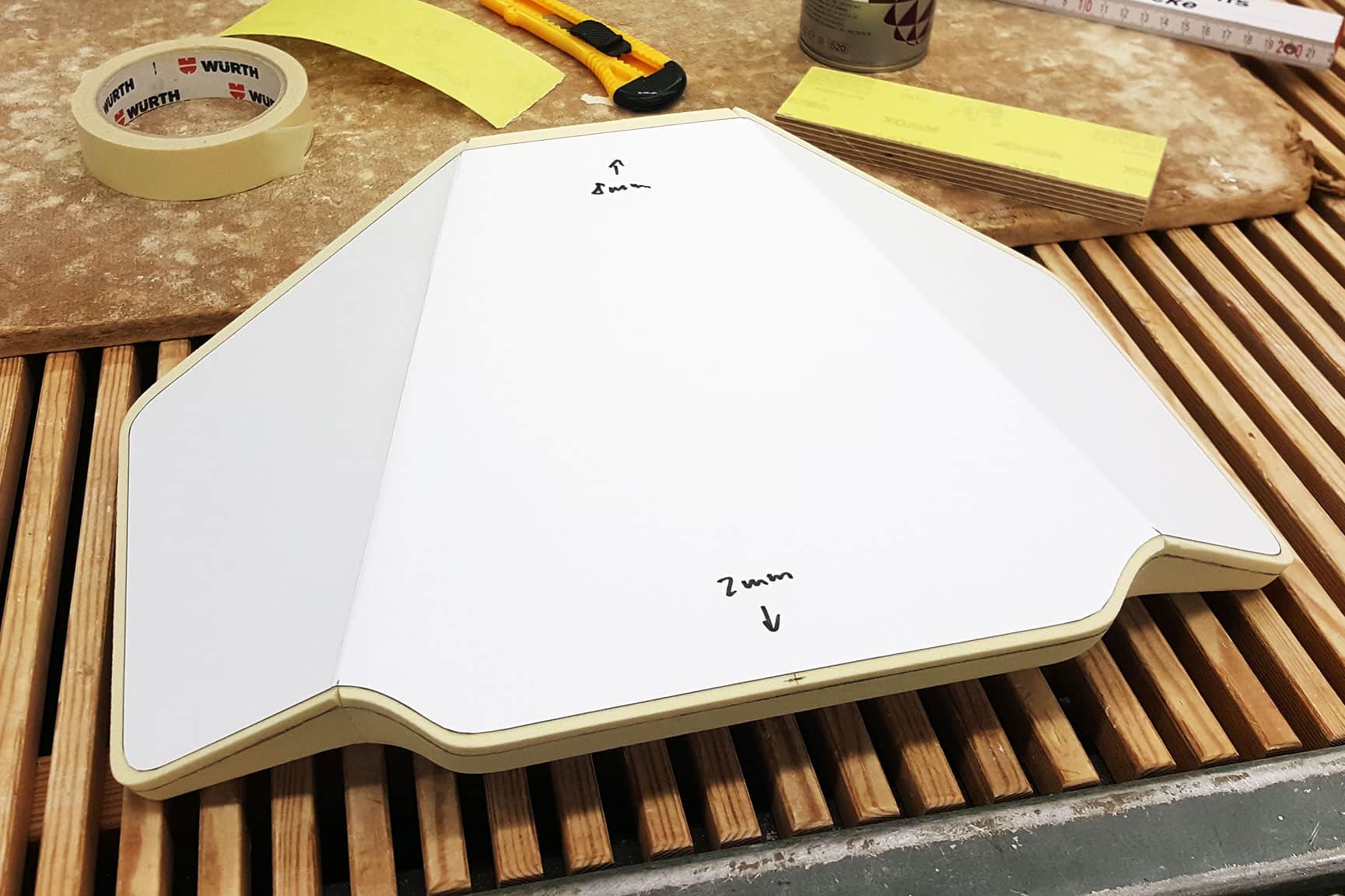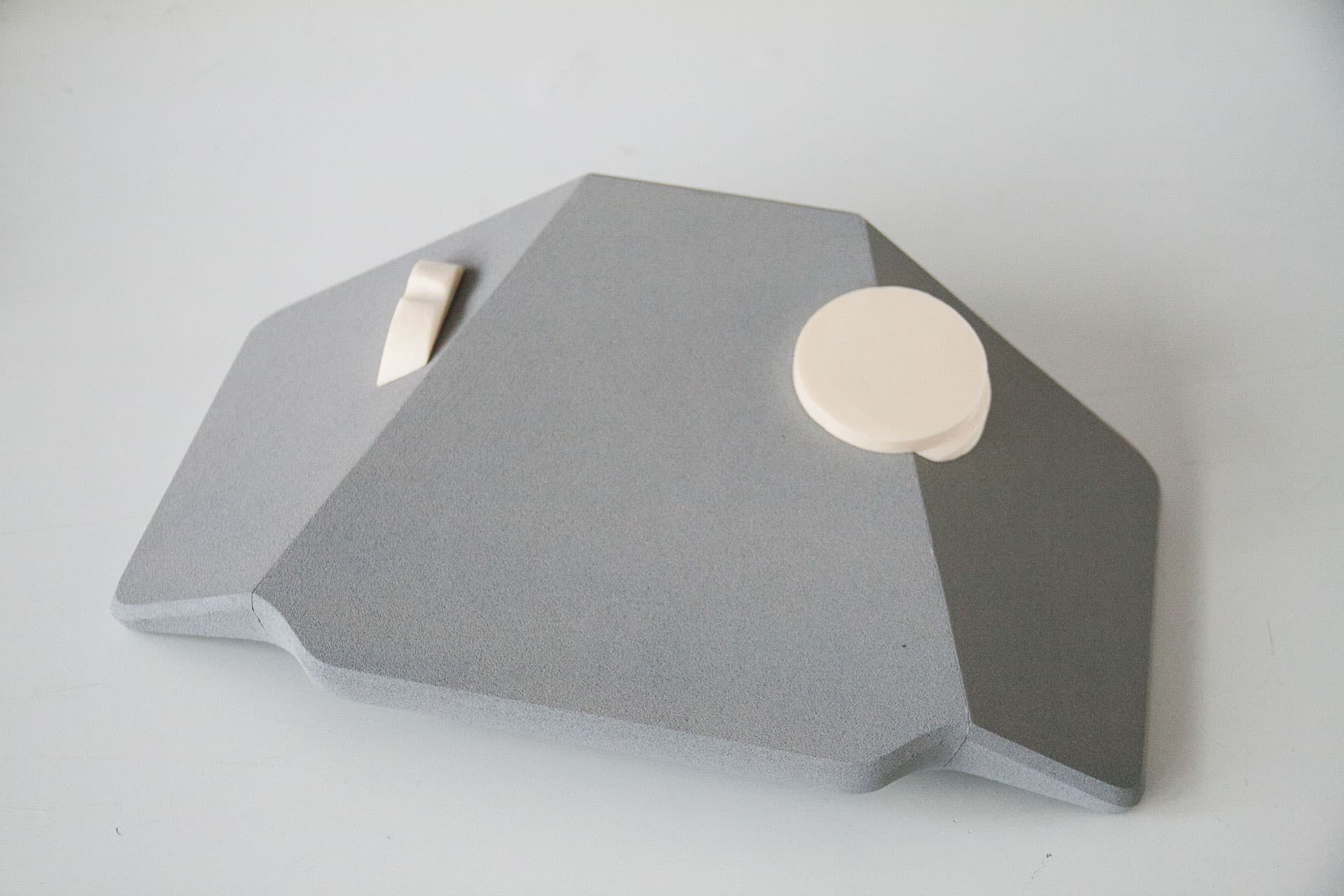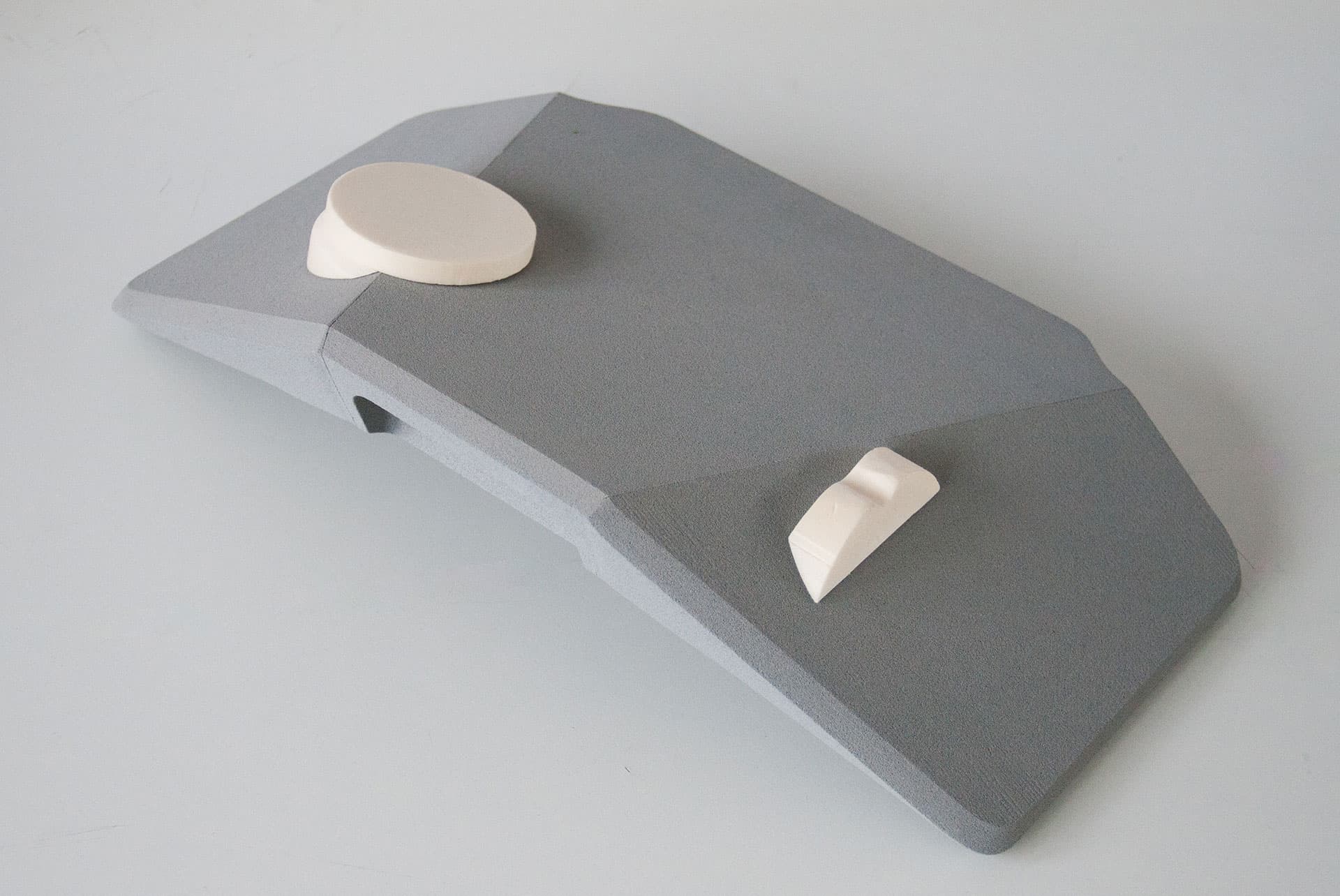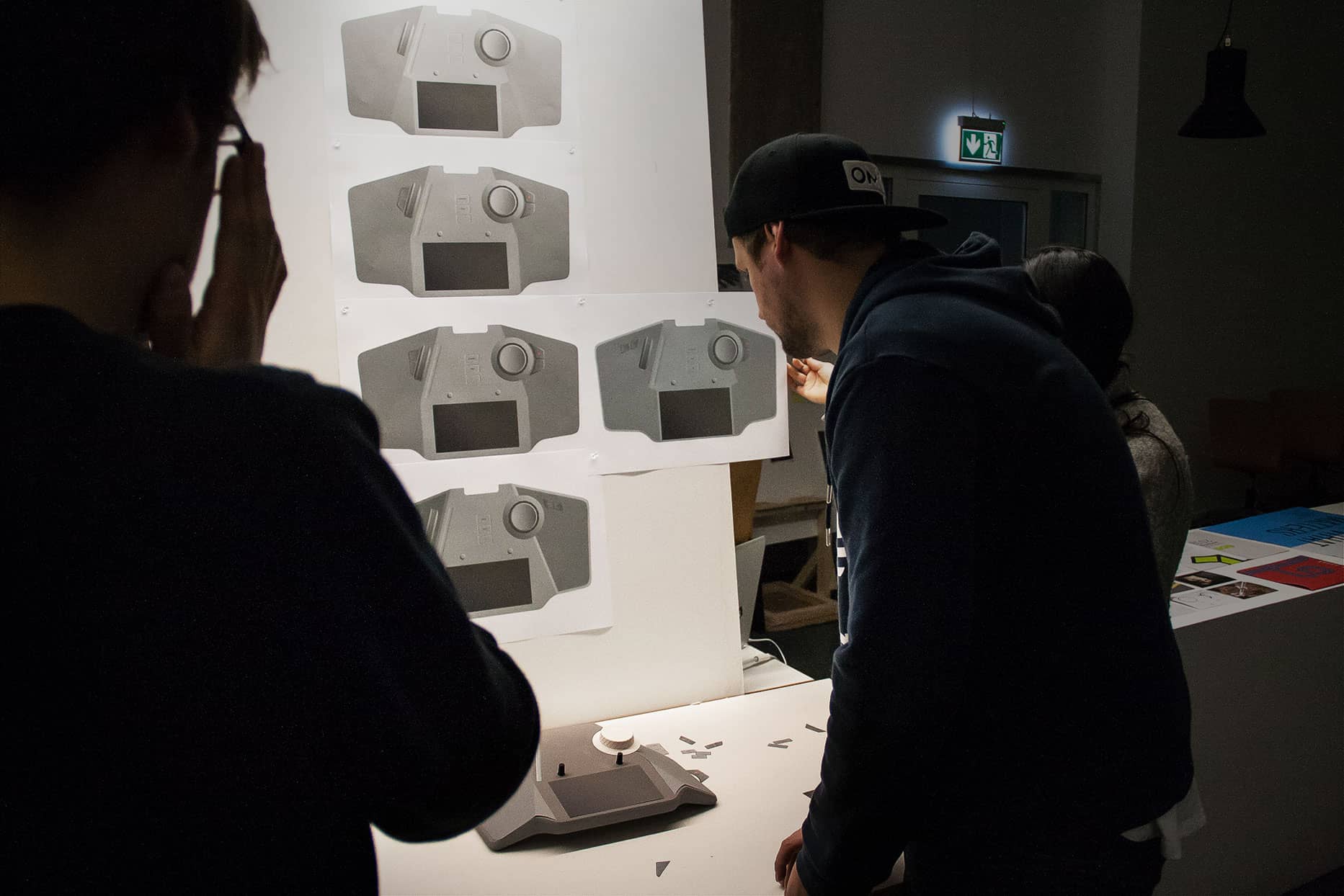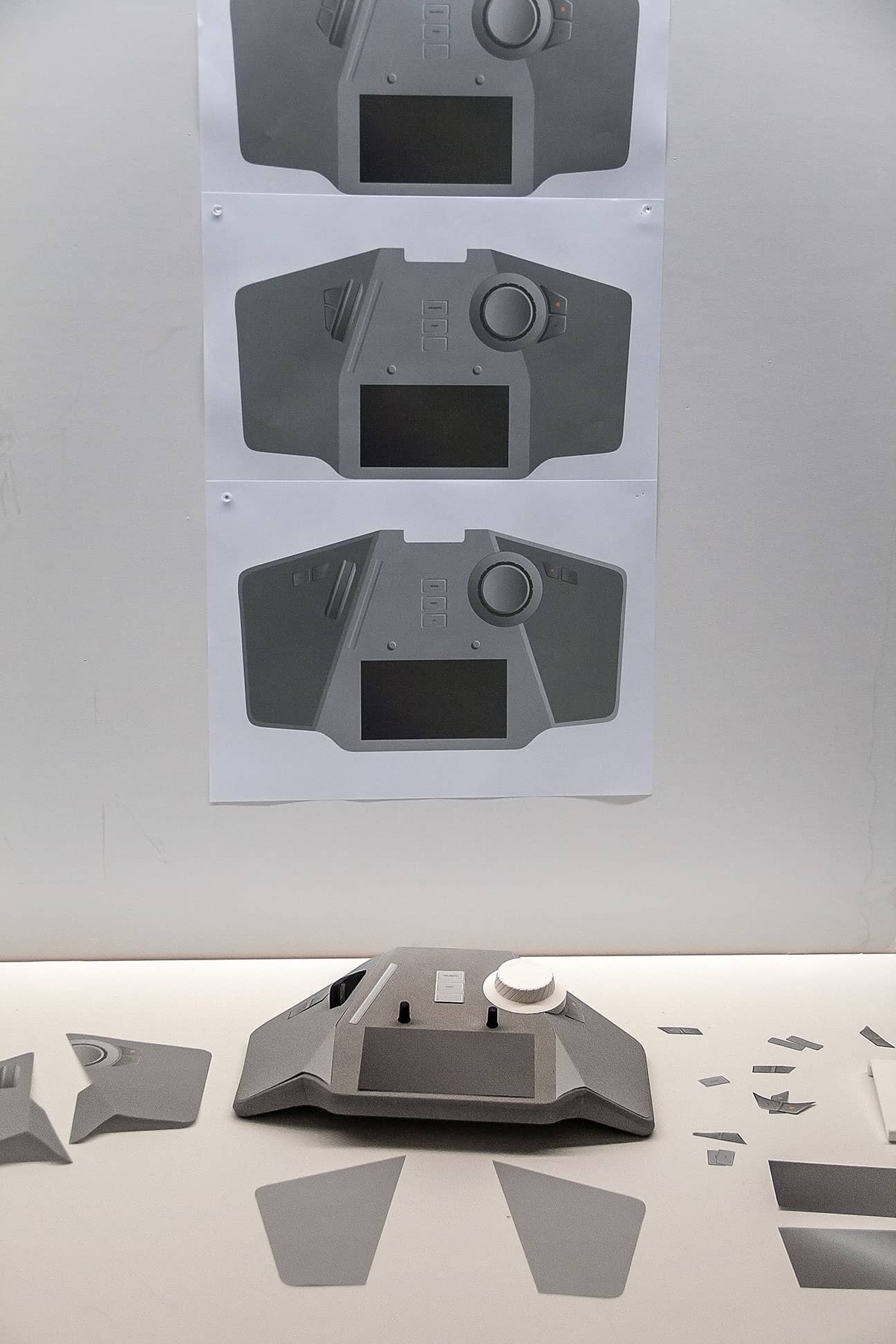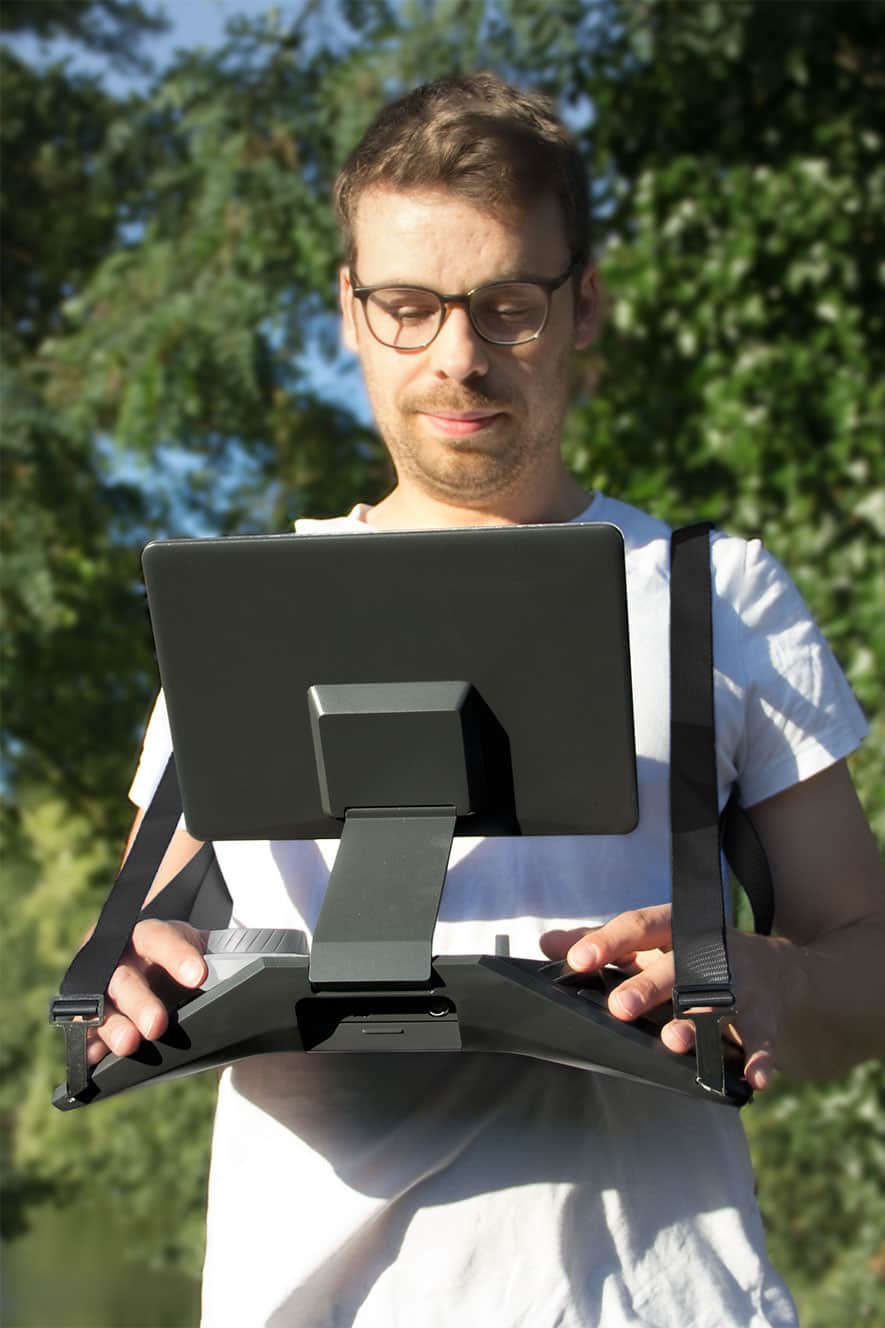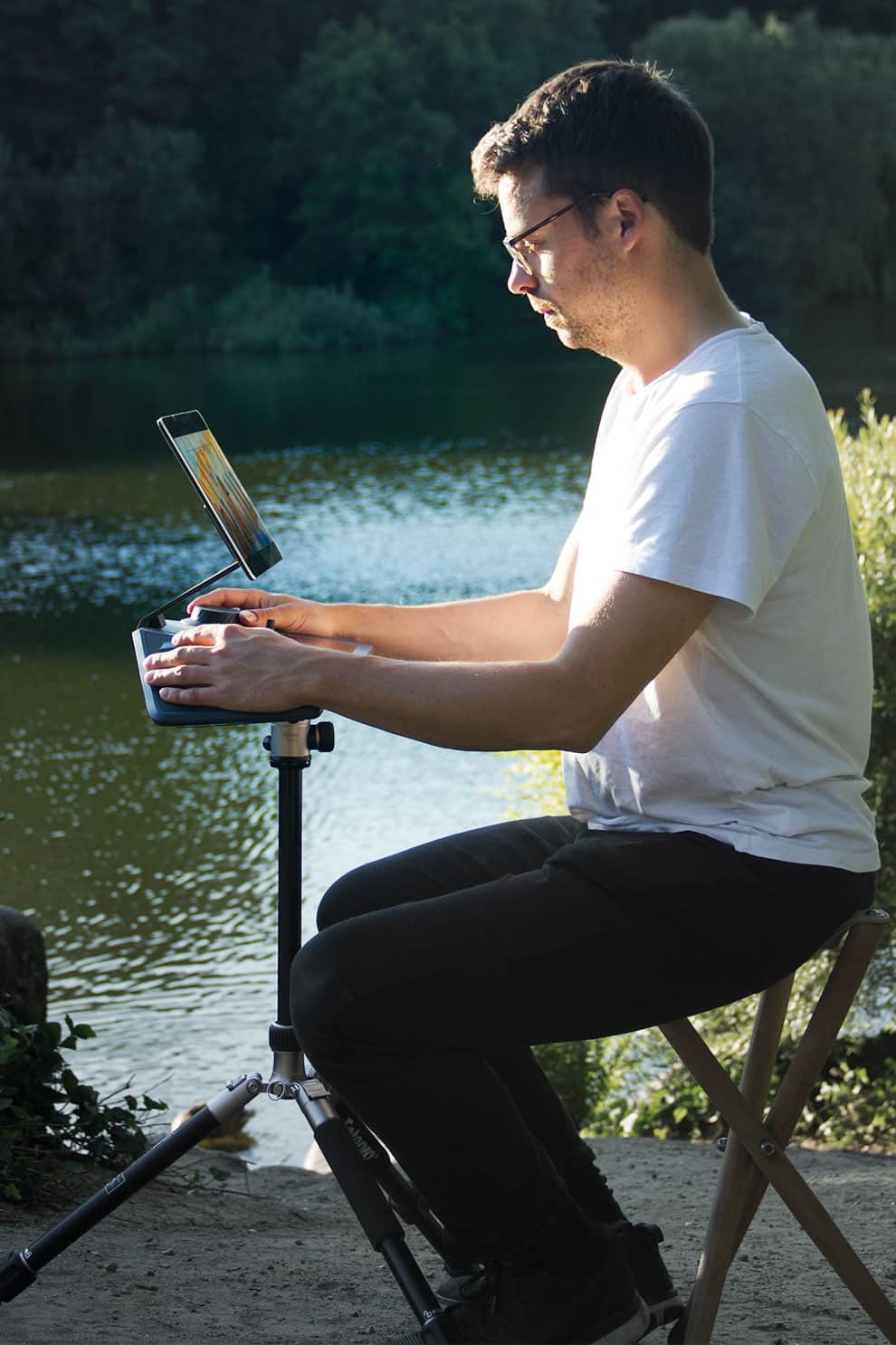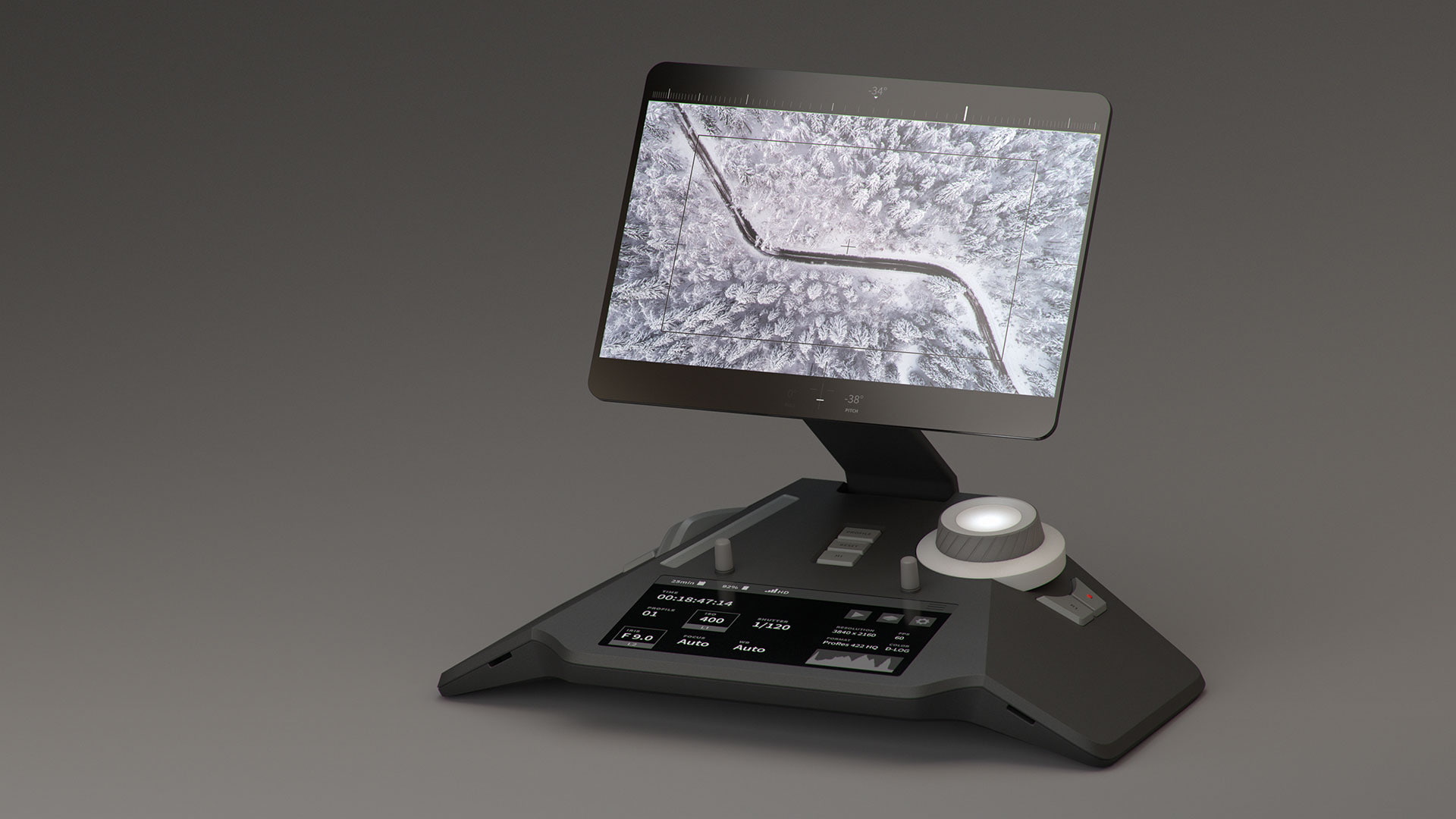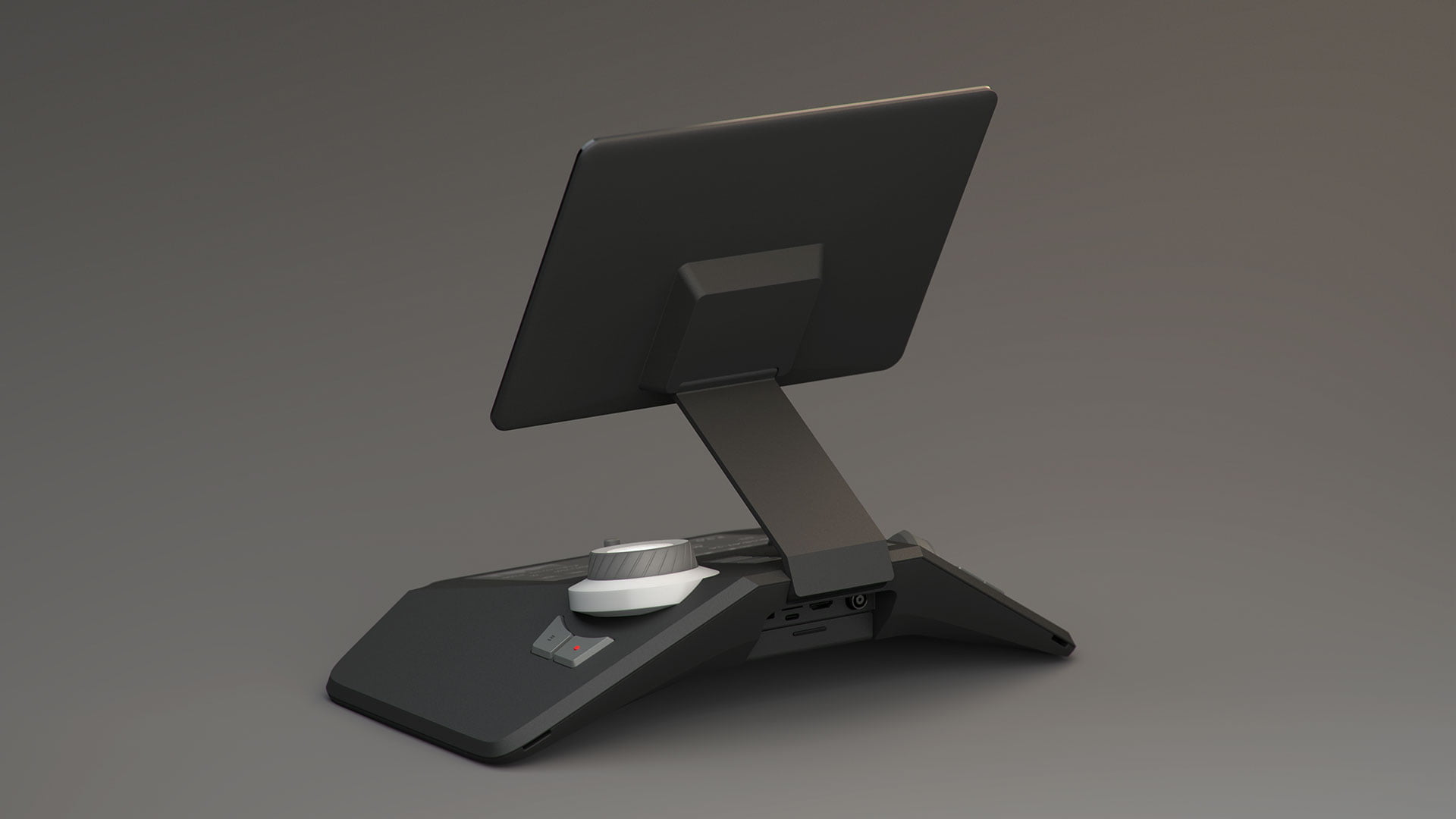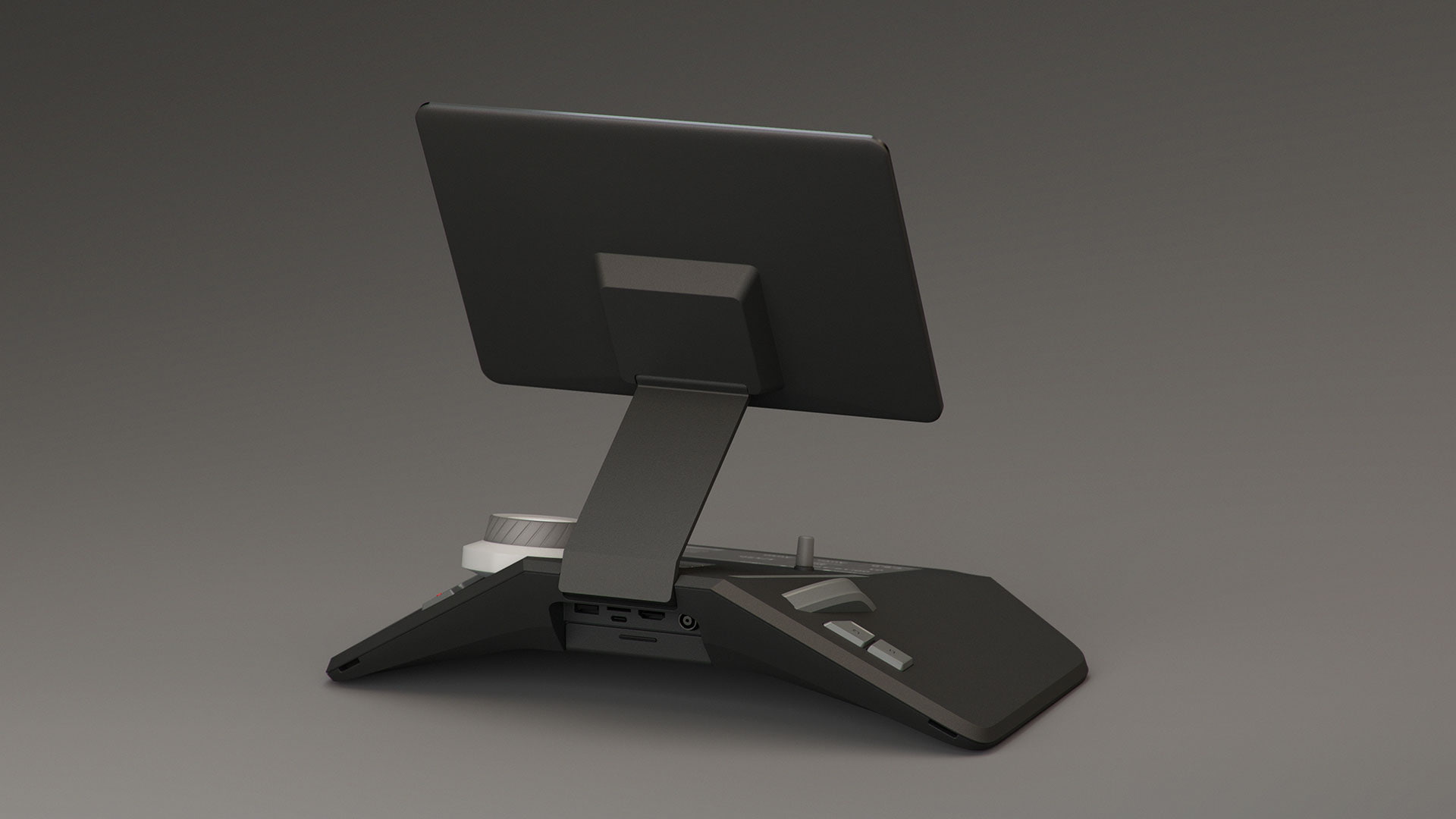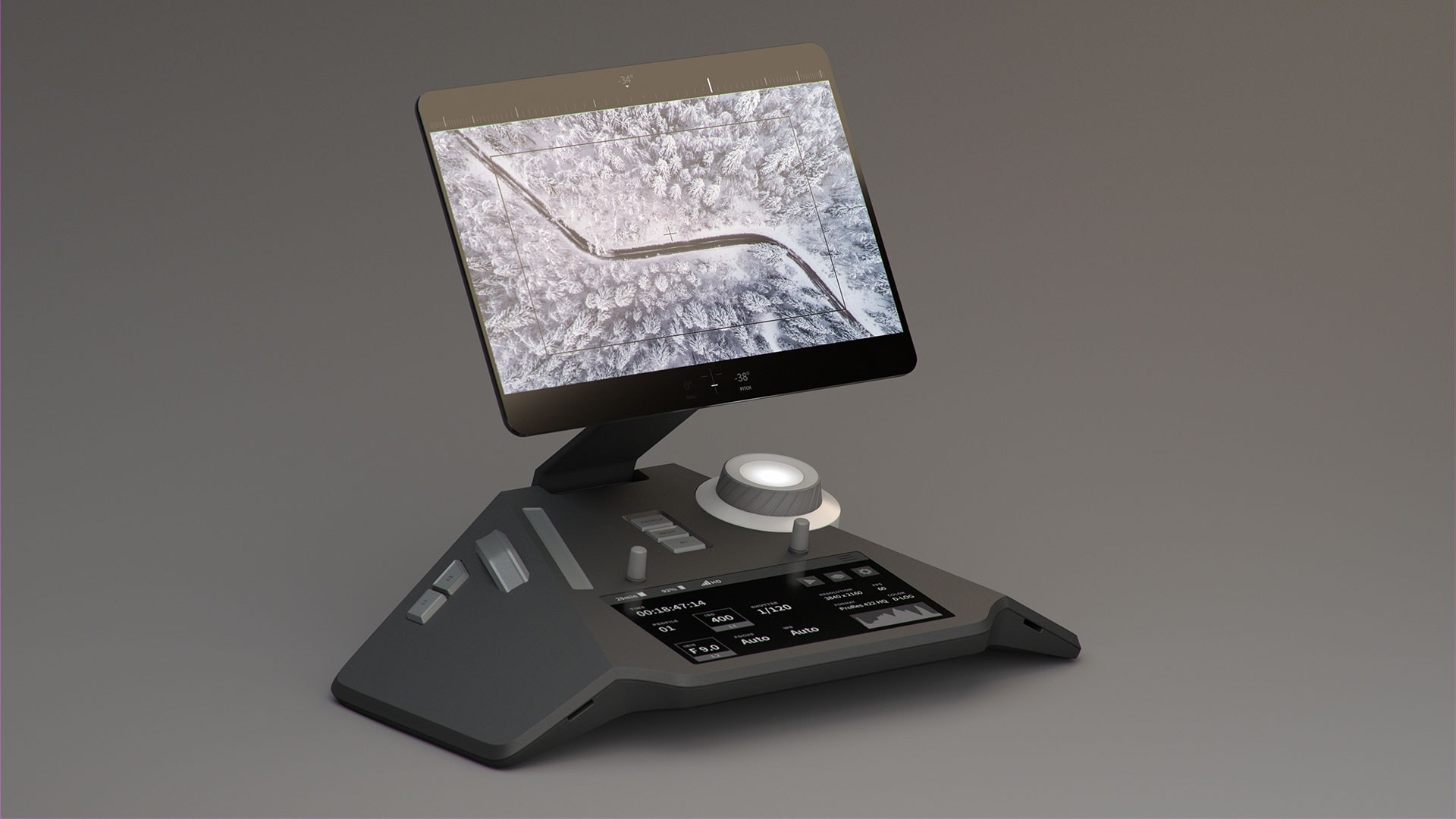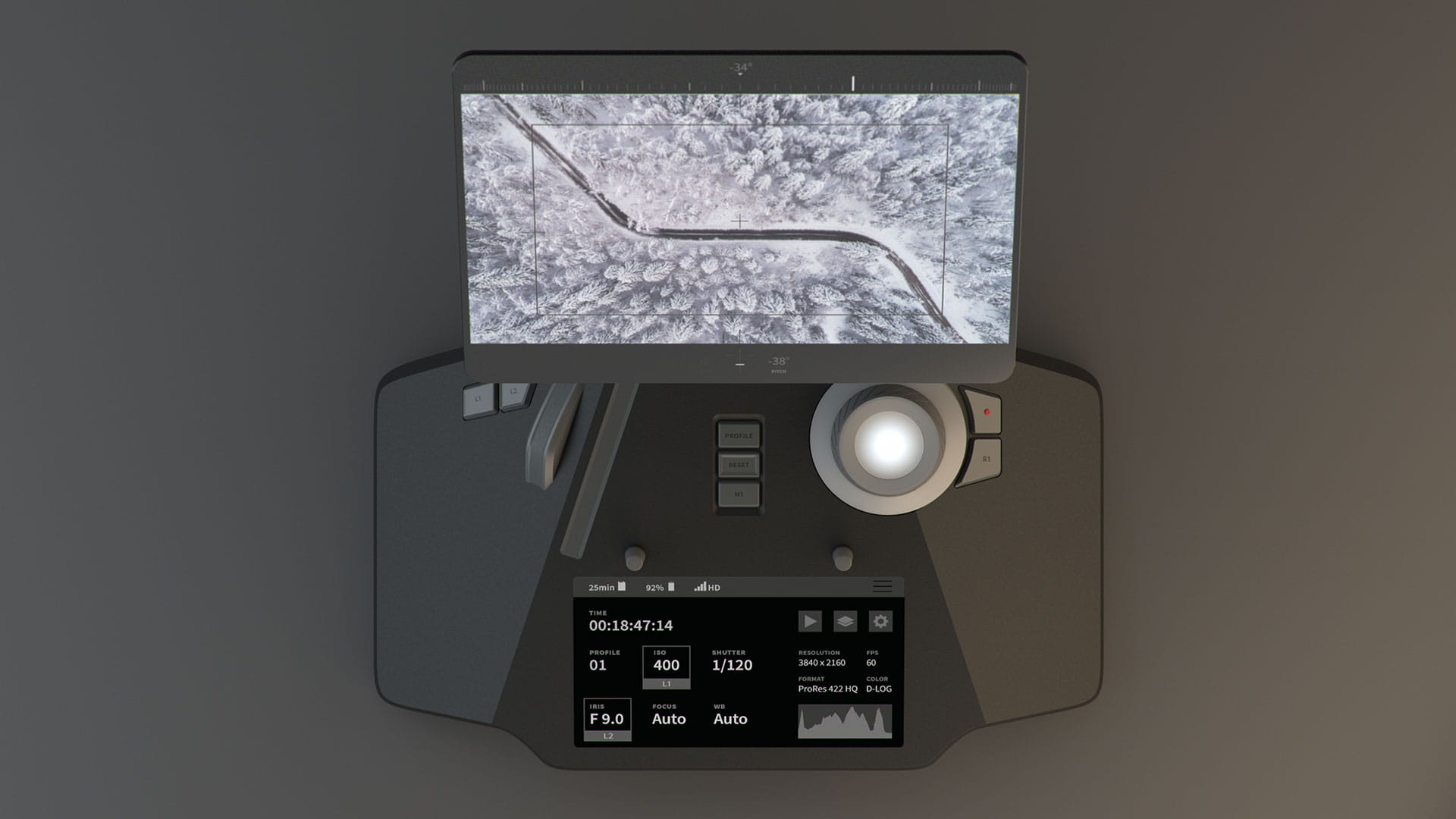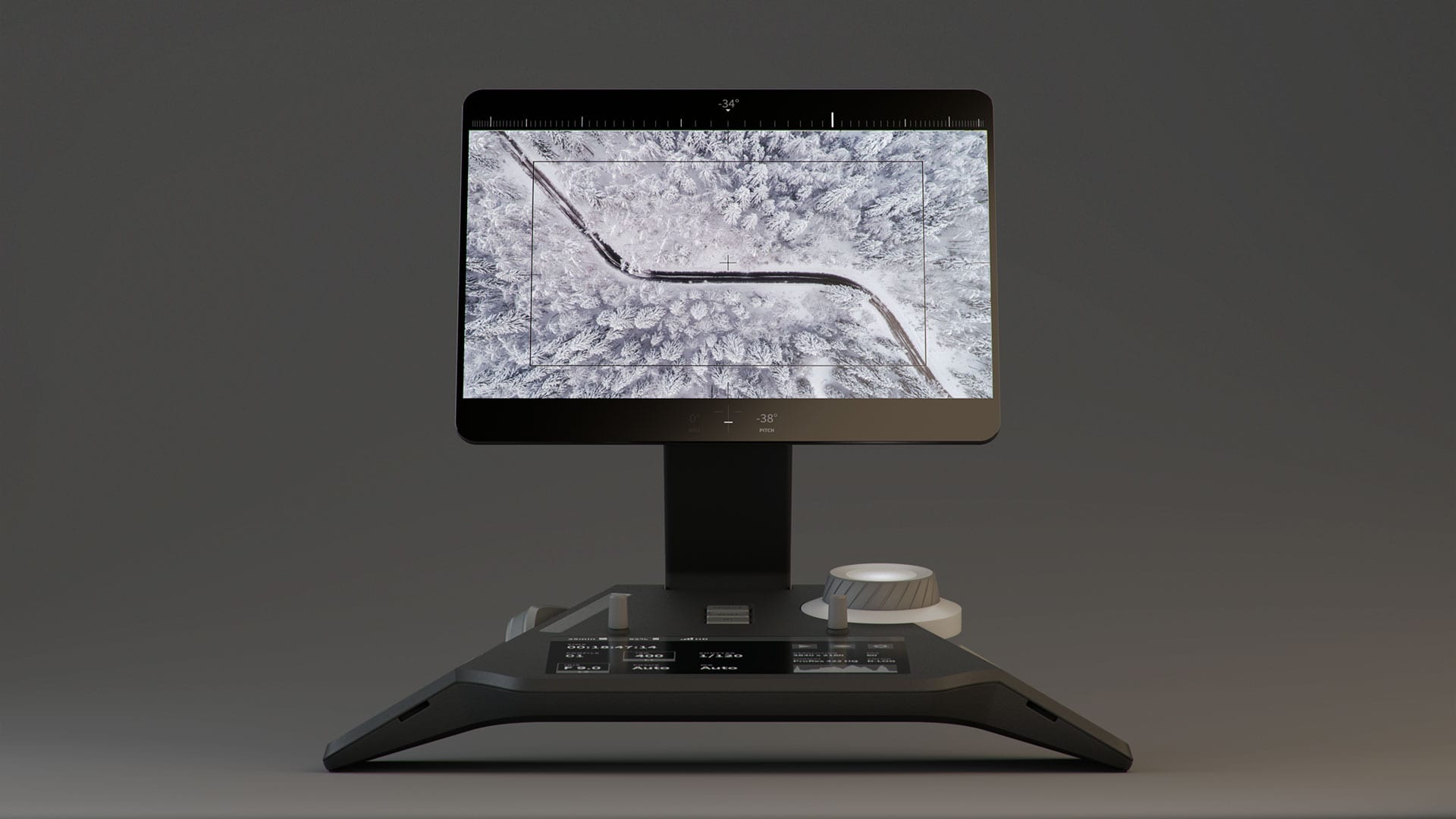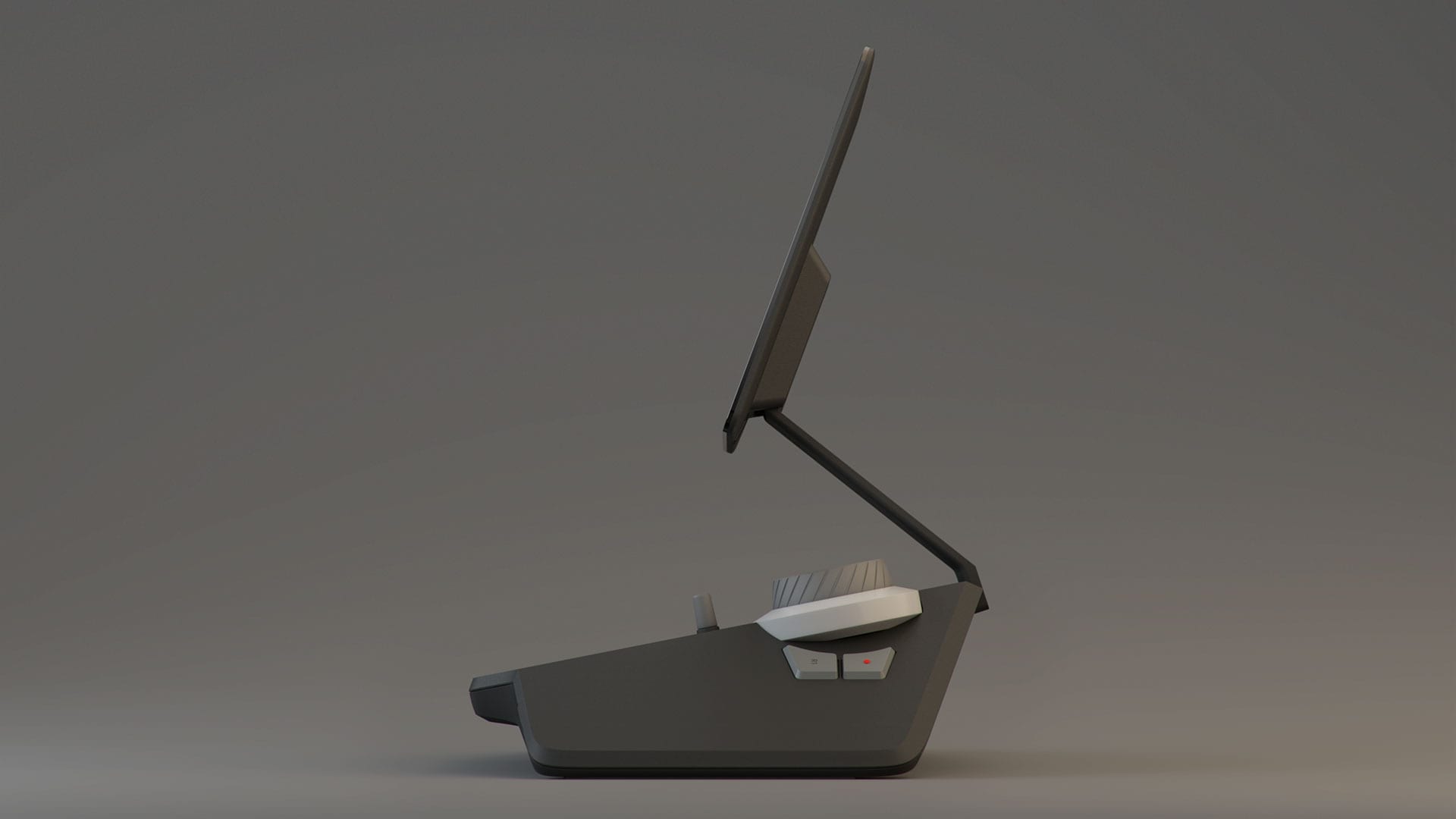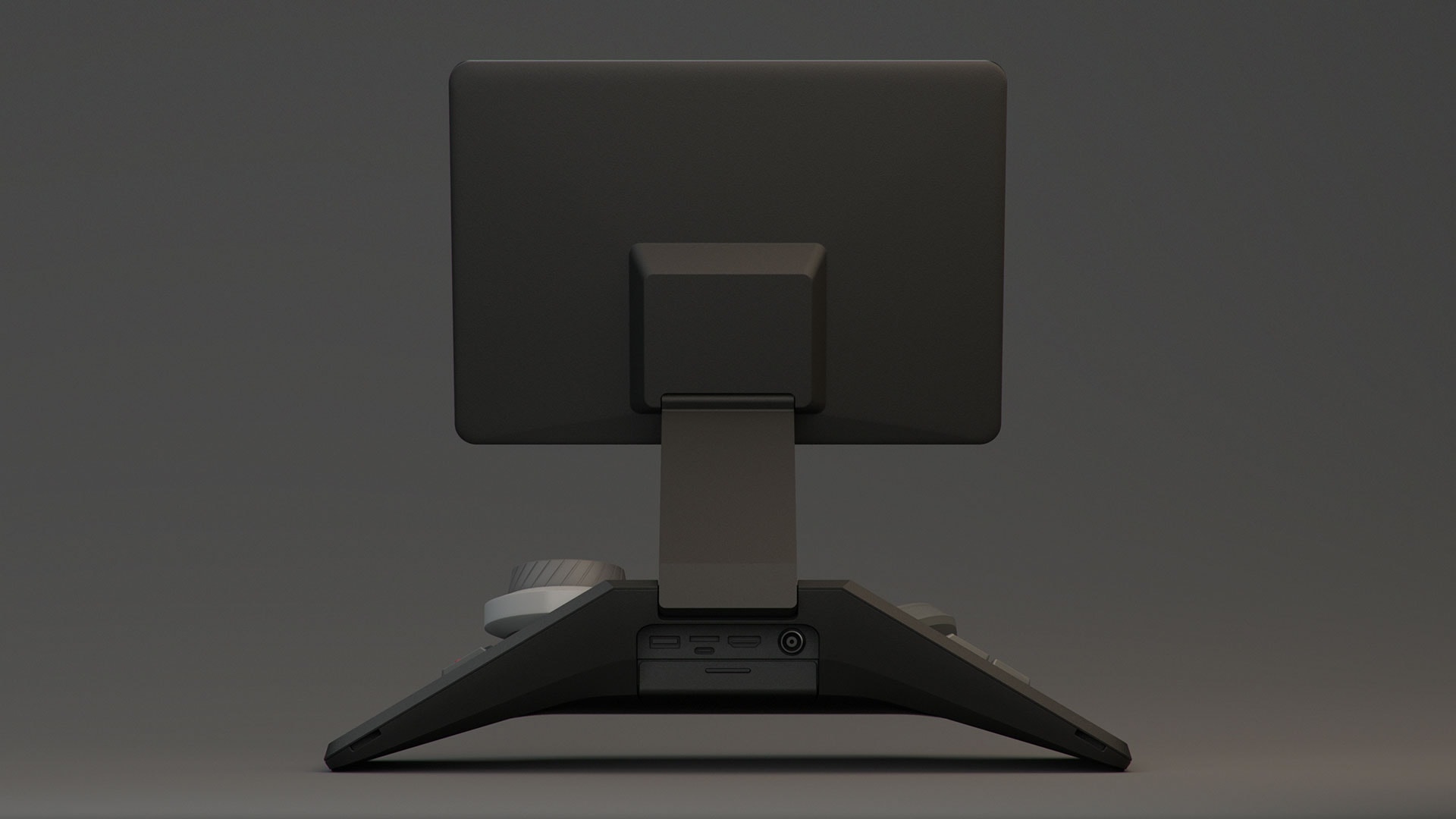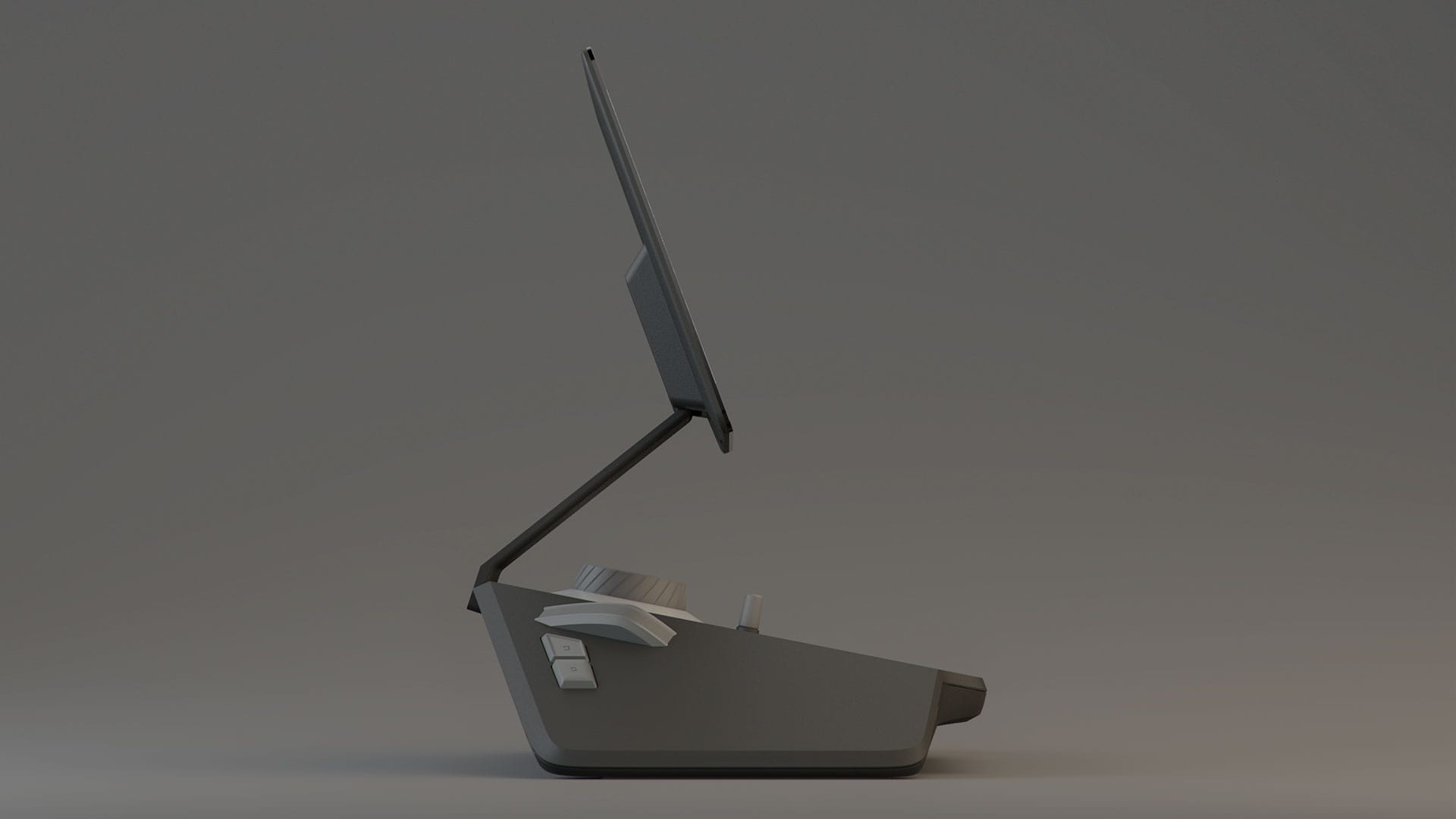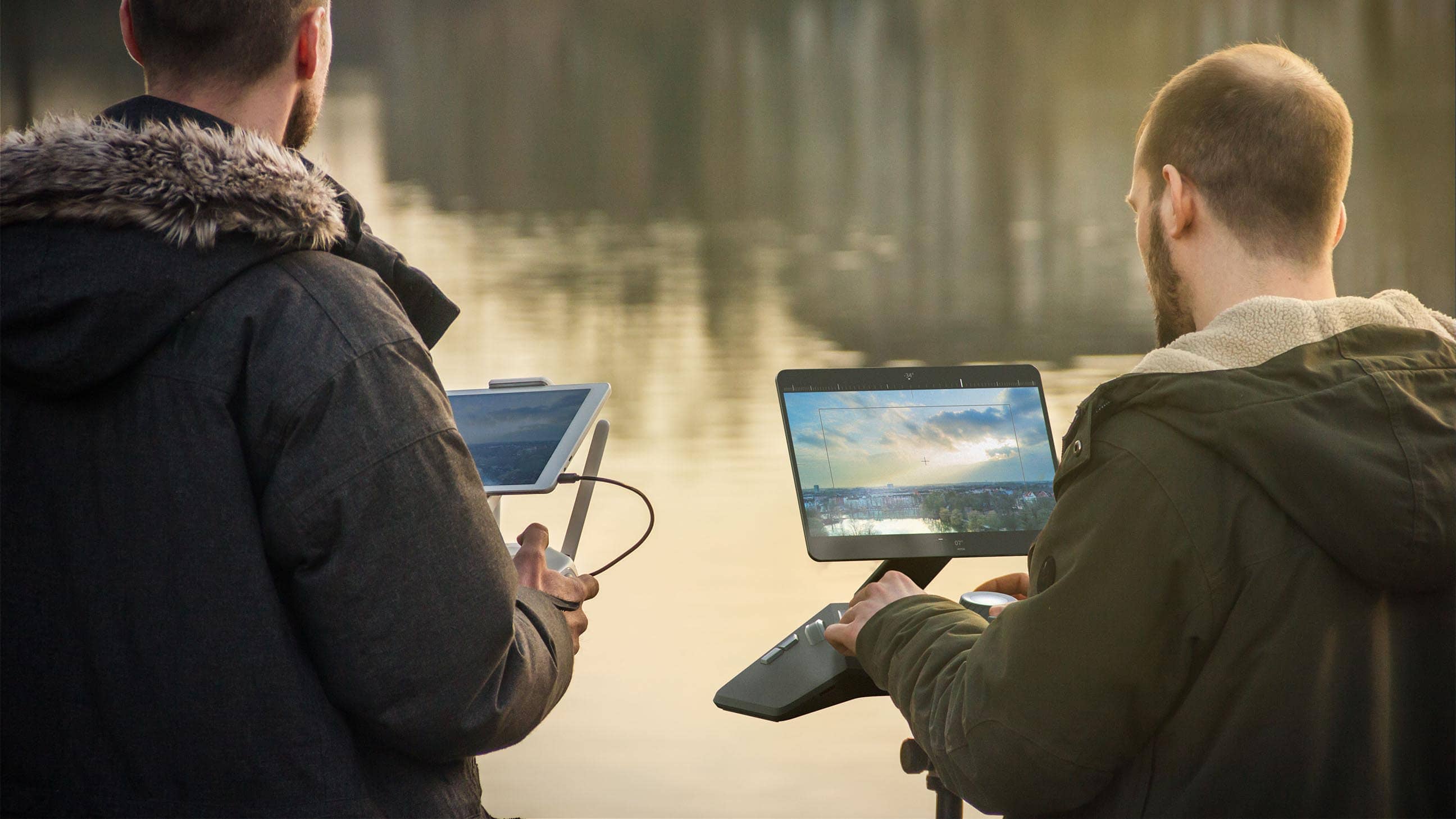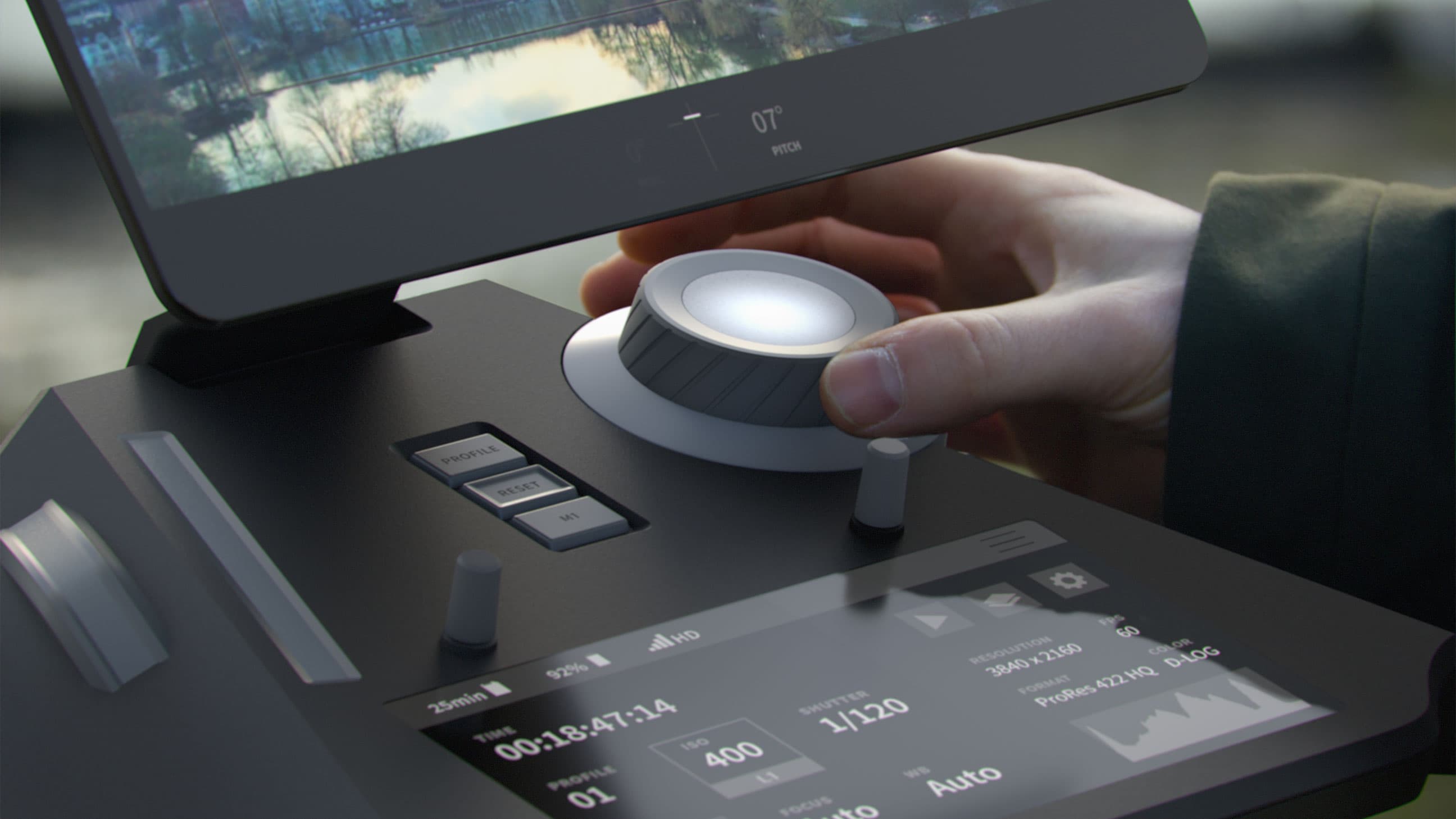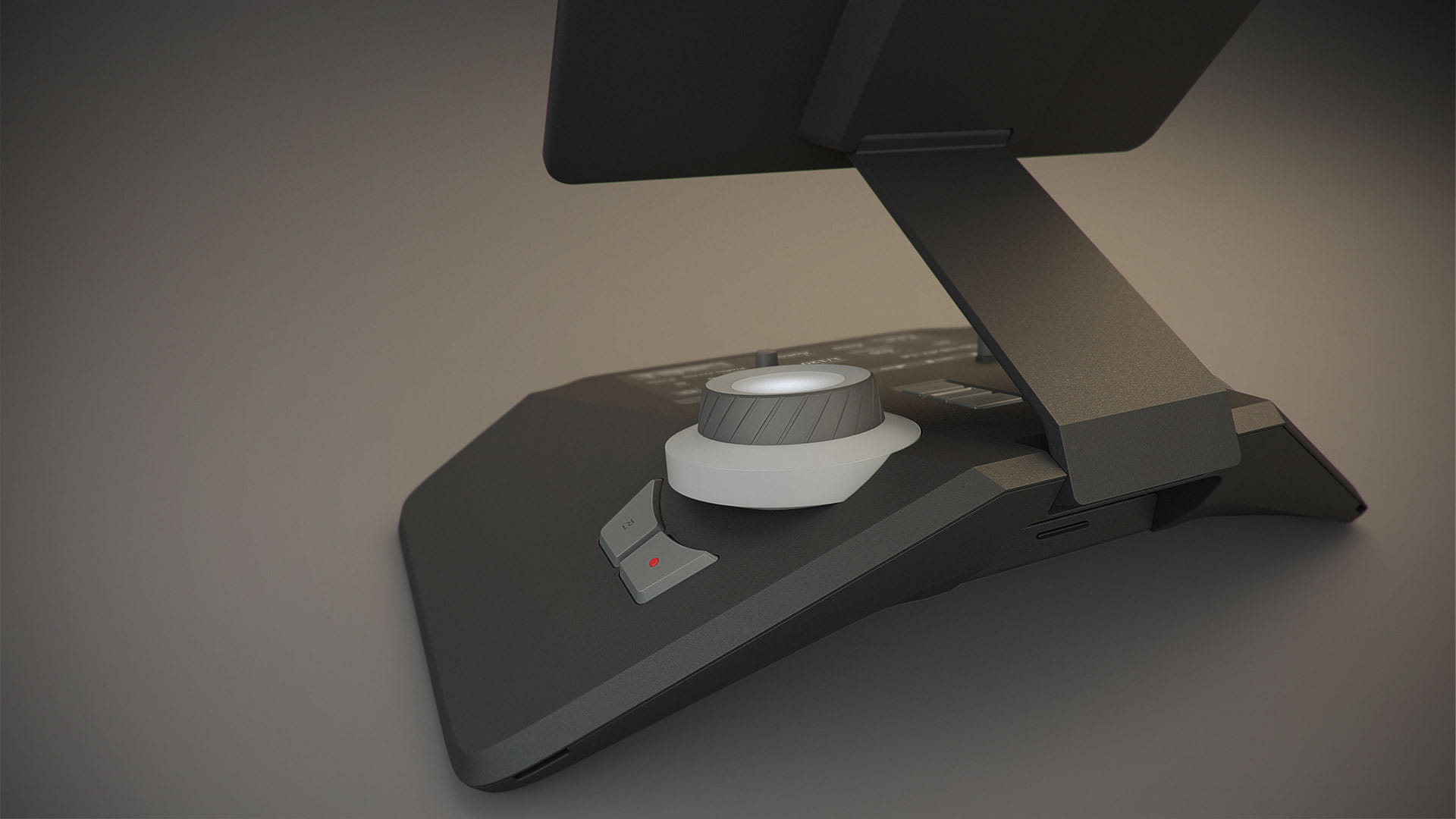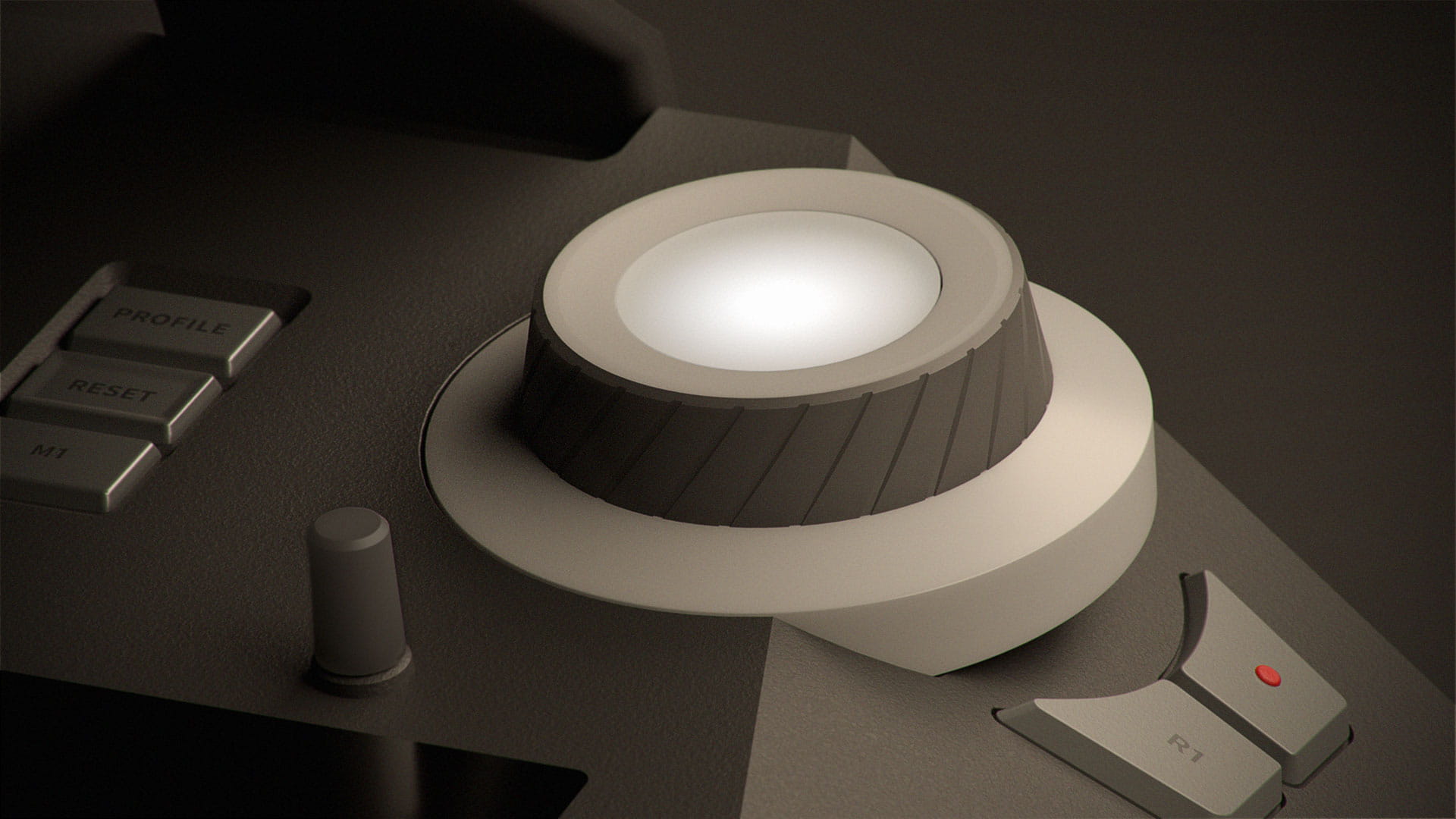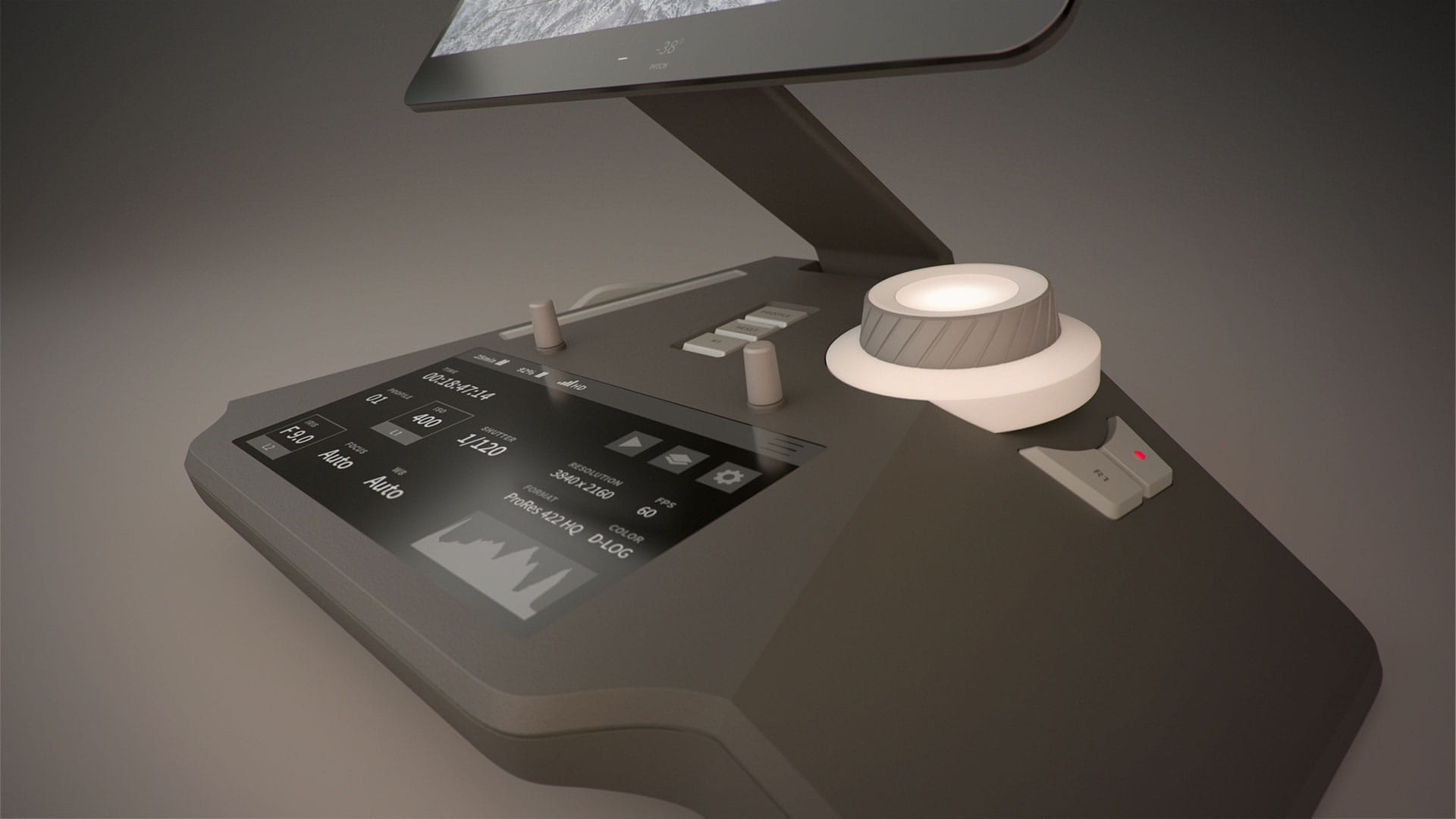AERIAL DRONE CINEMATOGRAPHY
2018
Masterthesis
Haptical Interface
Context
Novel and impressive video shots are increasingly captured with the help of camera drones. But what does the interaction with the camera look like, when the camera is remote controlled? How is it possible to support these new scopes and creative work, combining planning and improvisation through the design of a new tool?
Professional drone shots are conducted in a team consisting of a camera operator and a pilot. Strong cooperation between the two parties is a must and different controllers are required for the division of tasks. The remote controlling of the camera results in a loss of orientation, as well as haptic control. At the same time new possibilities arise in the realm of technically supported camera control. By means of a model driven design process, I was able to evaluate interaction, ergonomic and formal aesthetic concepts, and to combine them in my final design.
Interaction Prototyping
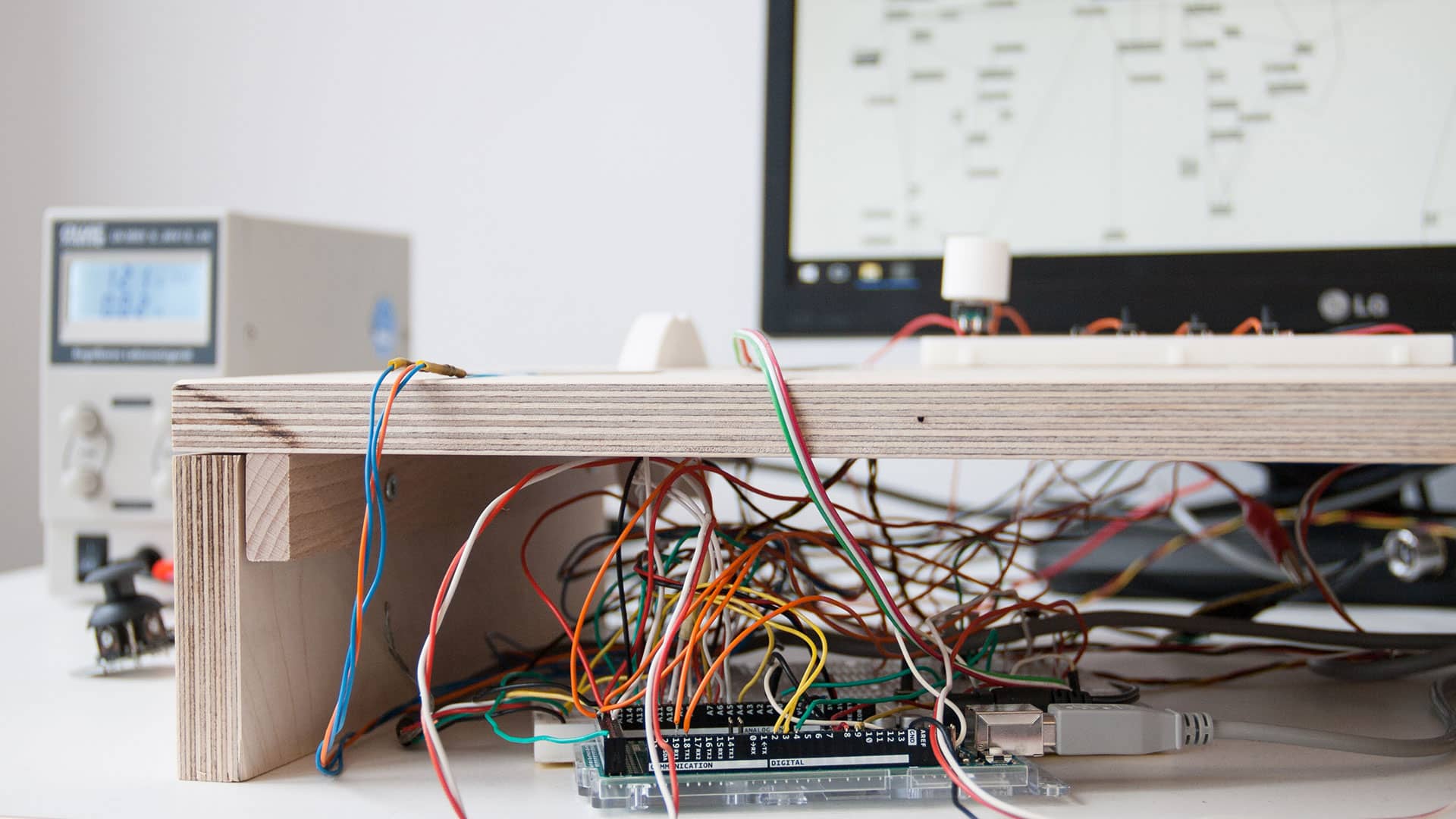
Formal Aesthetics Prototyping
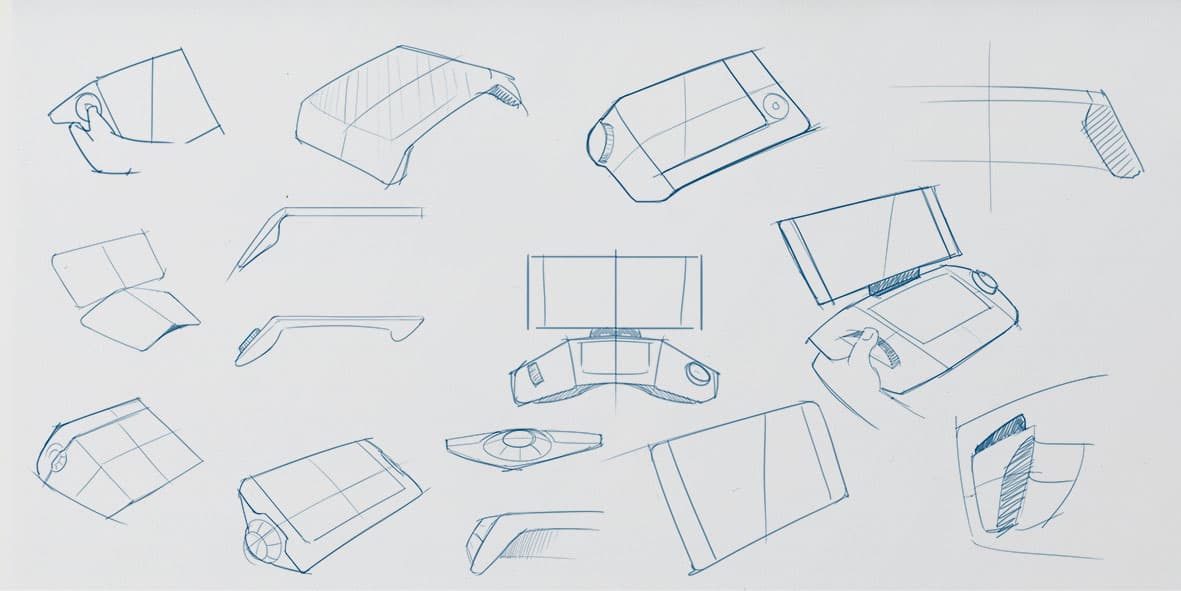
Aerial Camera Controller
The controller enables the user to adapt the camera controls to the specific requirements of the shot. This way, haptic resistance at the central rotary knob may be turned on additionally, and the sensibility and damping of the controls can be regulated. The rotary resistance is achieved by an electromagnetic break, and as such may be adjusted smoothly.
As a result the camera operator is provided with a tool, that was designed for the interaction with a camera, and which's operation can be picked up. The hands may come to rest on the device for controlled movements, thus continually expressing during operation that the product is geared towards professional use. The distribution of the information onto two touchscreens results in different layers of emphasis. Hereby the operators focus can be guided towards the camera image during the shot.
